Asa Wright Nature Centre – Birding at Its Best
I’ve been a birder for over fifty years, which is about as long as the Asa Wright Nature Centre has been inviting guests to sit on its famous verandah and watch the dozens of exotic species that flock to the feeders every day. Recently I needed to go from Barbados to Curacao and learned that a stop in Trinidad was required as there were no direct flights. Since I was going to be in Trinidad anyway, I checked availability at the Asa Wright Nature Centre and was able to book a three night stay. It turned out to be a great decision as both my wife and I fell in love with the place and its people. Here’s why.
History of Asa Wright Nature Centre
Trinidad has a history of plantation agriculture going back to the first Spanish settlers when tobacco and sugar were the main crops. After the British seized Trinidad in 1797, the emphasis switched to growing cocoa which was all the rage in 19th century Europe. The Cadbury brothers from Birmingham had an interest in a number of Trinidadian estates. Spring Hill plantation occupied the land that is now the Asa Wright Nature Centre, growing cocoa, coffee and citrus fruit, but once the bubble burst on the cocoa business the owners went broke and the government acquired it for back taxes. From that point on in the 1930’s the land began to revert to its original state as a mountainous jungle although you can still find the occasional cocoa tree on site, like this one.
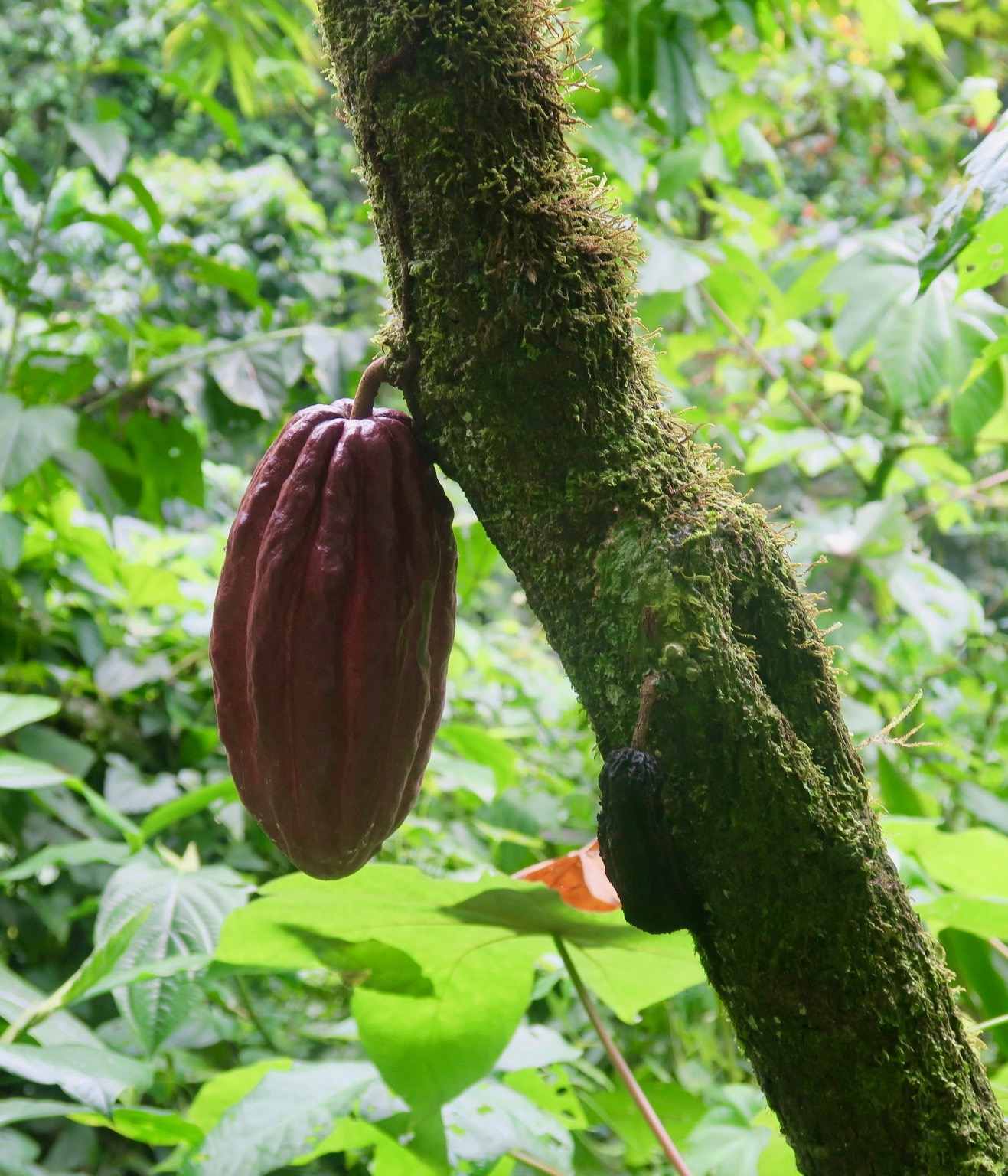
In 1936 the government sold the estate to Joseph and Helen Bruce-Holmes who lived there until after WWII when they returned to the United States, eventually selling it to Newcombe and Asa Wright. By now the old estate had become well known to birders for the nearby Oilbird Cave and after Newcombe died, Asa welcomed birders and scientists to her property. In 1967, funds were raised by a not-for-profit trust to buy Spring Hill from Asa Wright and create the nature centre which is named for her. She lived there until her death in 1971.
Last year the Asa Wright Nature Centre celebrated fifty years of welcoming birders from around the world to explore one of the greatest birding sites on the planet.

Staying at Asa Wright Nature Centre
Although you can visit Asa Wright Nature Centre on a day trip, for foreign visitors like Alison and me, it really only makes sense to stay on site. The accommodations are somewhat spartan, but more than adequate for any but the most picky and in my experience, if you are a birder you are prepared to accept less in the way of luxury in exchange for more in the way of birds. Here is a standard twin room in one of the cottages.
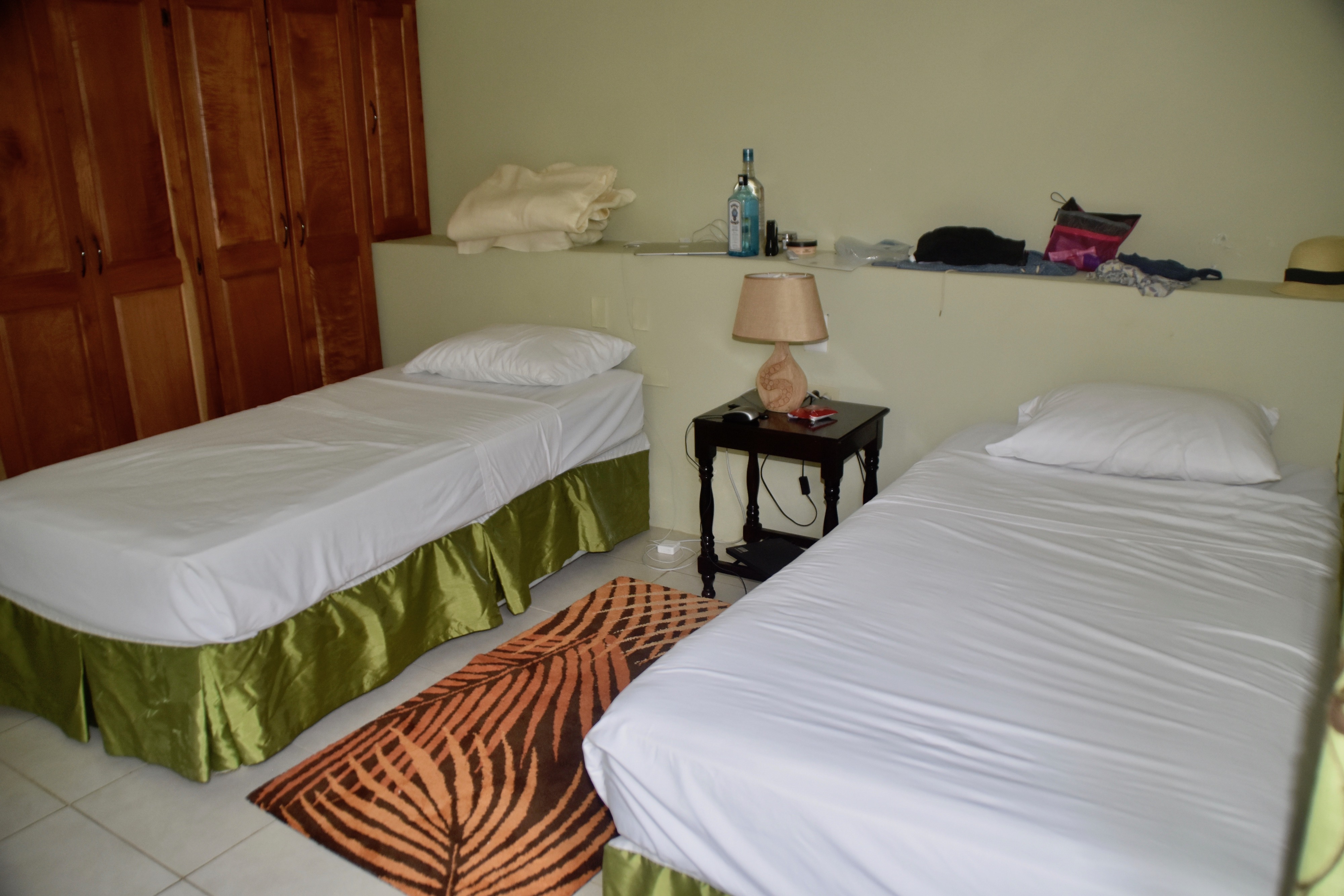
The bathrooms are small, but the shower was great.
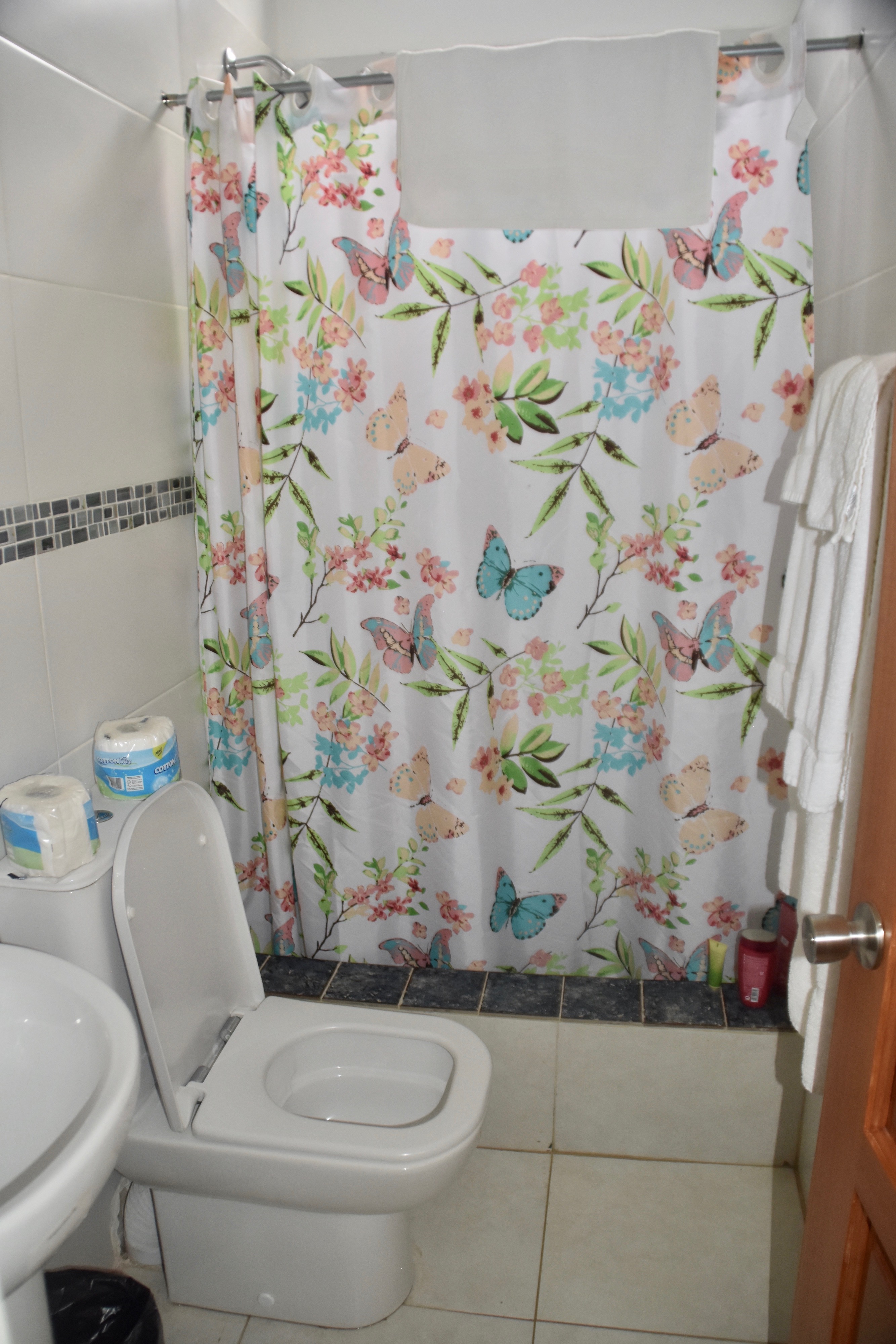
The internet worked fine in the cottage as well as in the main building.
All meals, including afternoon tea are included in the price which varies from $150.00 per person per day in low season (June to November) to a high of $235 a day from January through March. Rates for single occupancy are a bit higher, but not inordinately so. Personally I thought Asa Wright Nature Centre was a bargain for what you got to see and do.
For $75.00 per person round trip they will pick you up and deliver you back to the Trinidad airport just outside of Port of Spain. It’s about a one hour trip in normal traffic. All told, we found that they made it very easy to add Asa Wright Nature Centre to your Caribbean itinerary if you are already planning a trip to the area.
The food at Asa Wright Nature Centre is basic Caribbean style which we found to be excellent. It is served as shown above, except for breakfast which they will cook to order if requested.
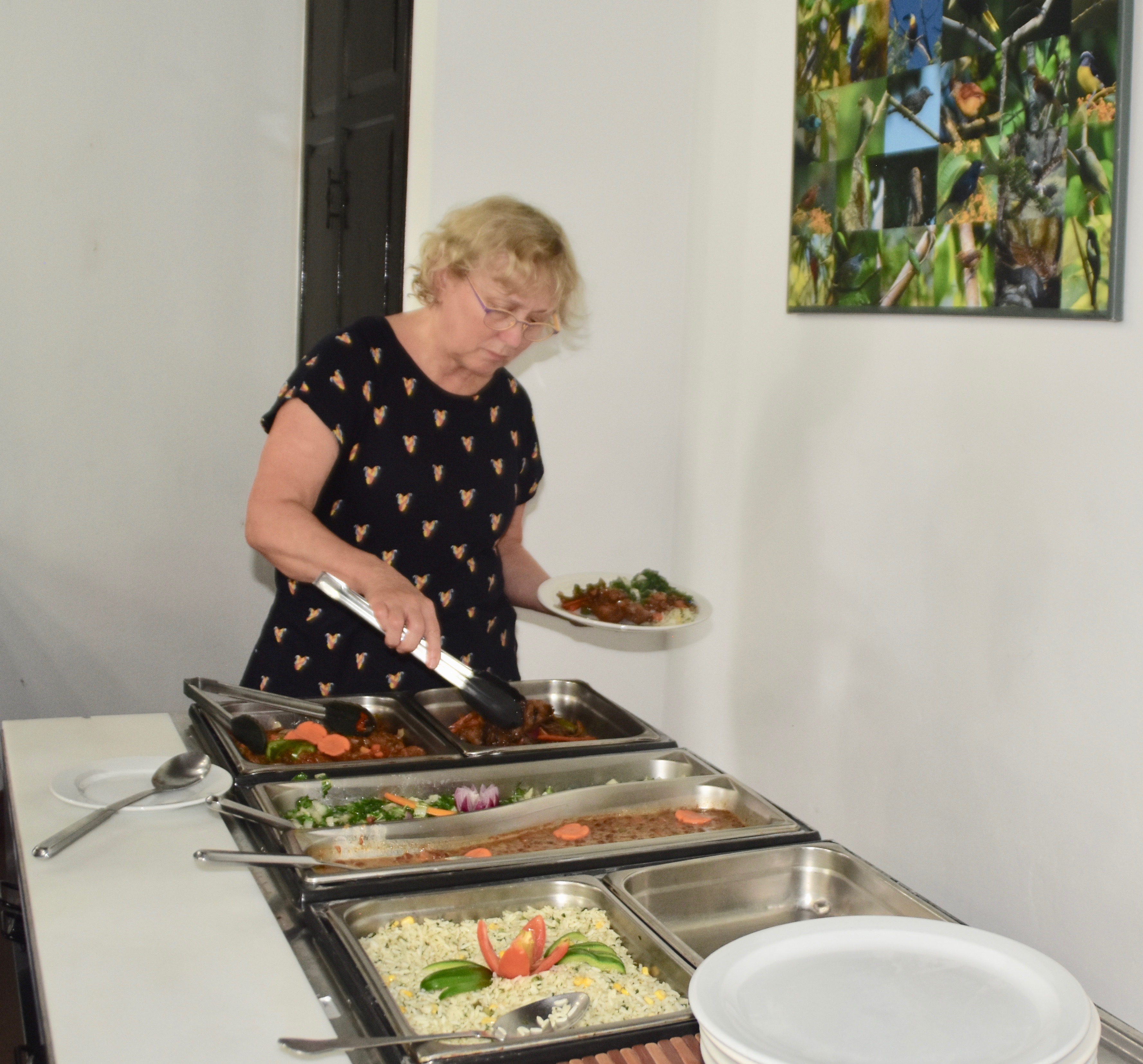

OK, that’s the background basics, what about the birding?
Birding Asa Wright Nature Centre
The birding at Asa Wright Nature Centre is it’s raison d’etre and from the moment you step into the old plantation house you know it.
This is the lodge from below with a view of the famous verandah from which a number of hummingbird feeders are hung. Below the verandah alongside the path on the right are a number of feeding stations where a variety of fruits are placed throughout the day to attract some of the 168 species of birds that have been seen at the Asa Wright Nature Centre.
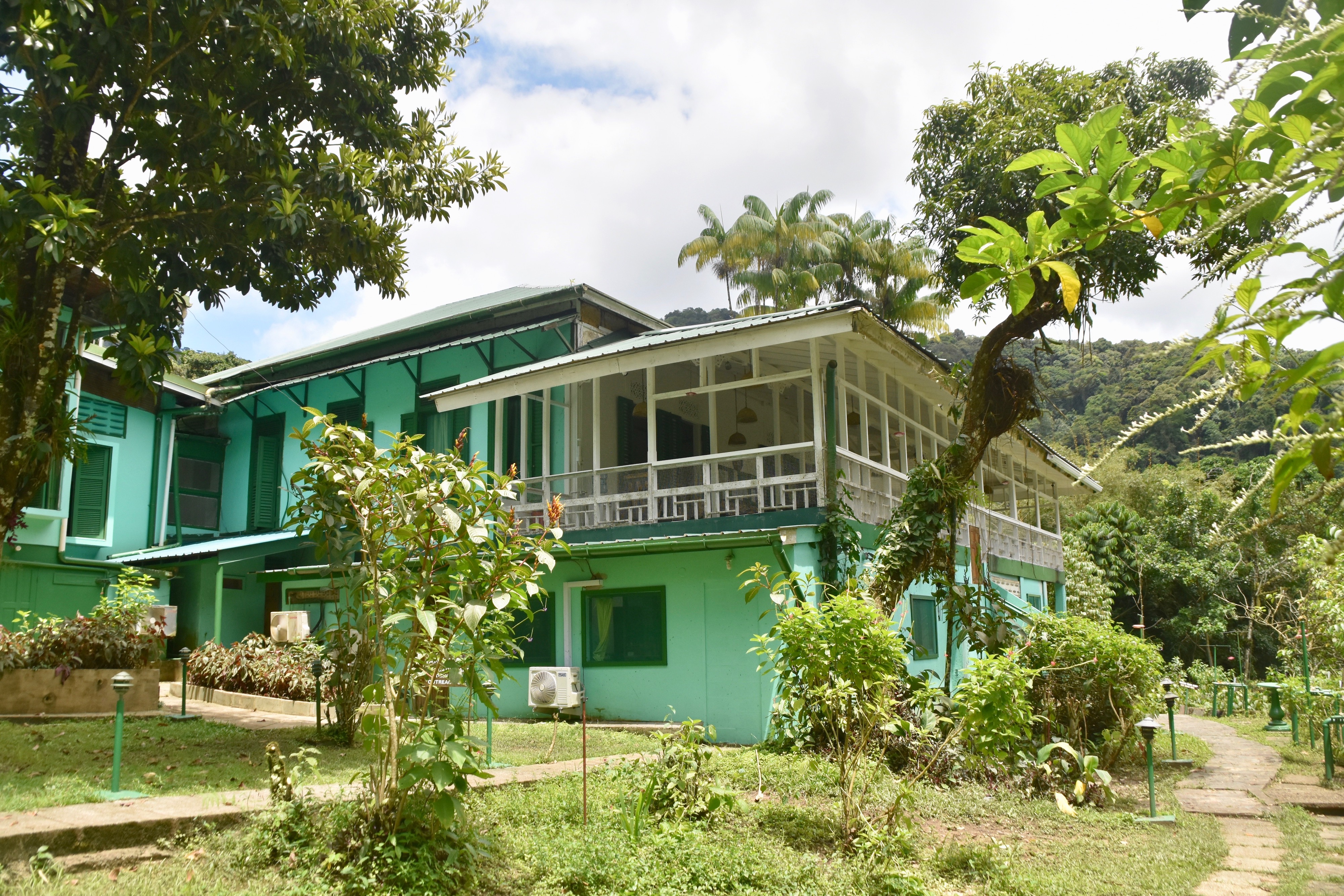
This is the verandah from inside where you will undoubtedly spend many hours watching the activities of the hummingbirds, honeycreepers, oropendulas and other frequent guests.
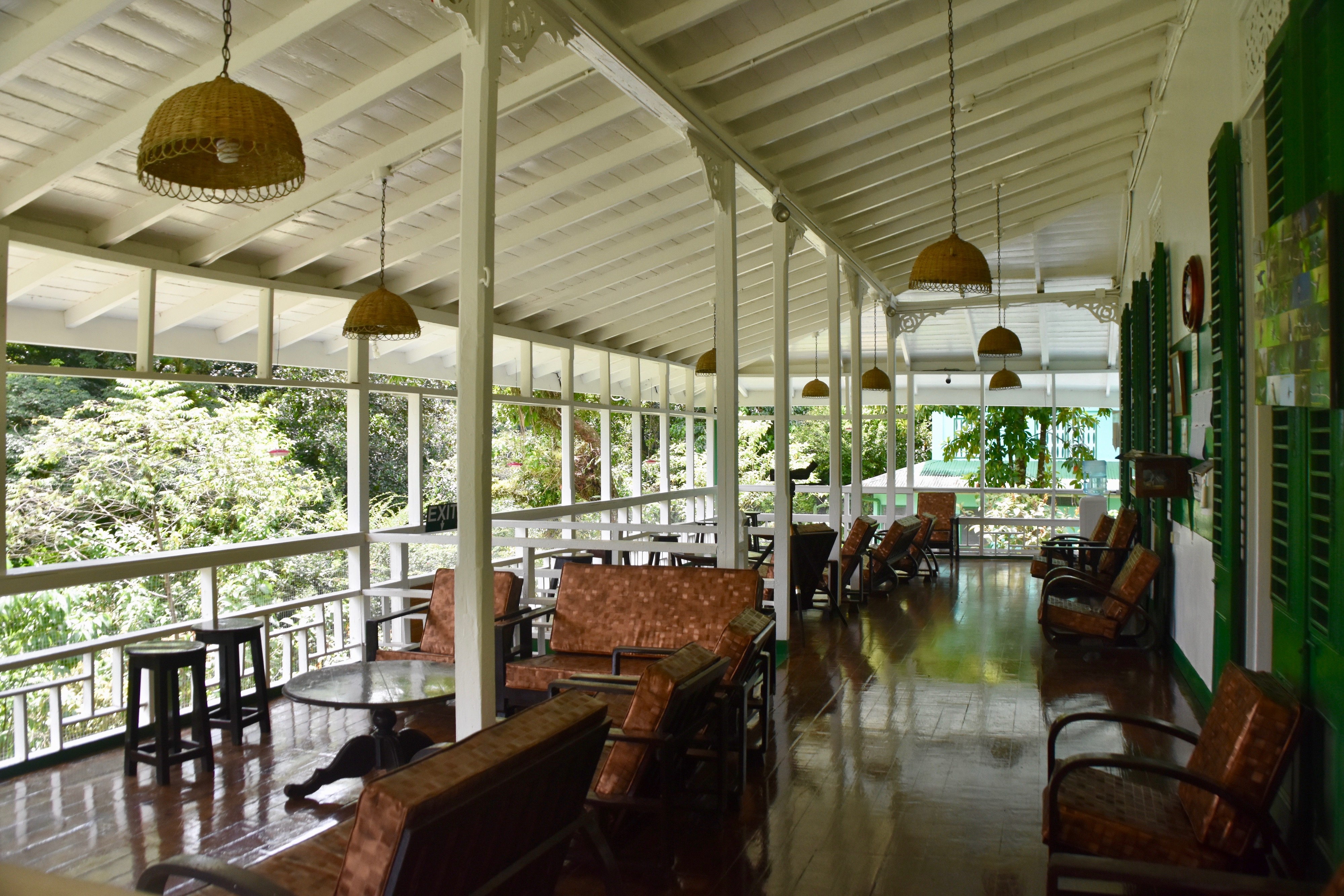
The centre’s guides can usually be found in the verandah area when they are not leading tours and they are tremendously helpful in identifying the various species. They also use the spotting scope to pick out species like orange-winged parrots and various hawks that are perched well away from the verandah. Even if there was nothing to see but the jungle hills that stretch out on both sides of the lodge it would be a magnificent place to just relax and enjoy the sounds and colours of a true montane jungle. What follows are just a few of the many photographs I took from the verandah during our short stay.
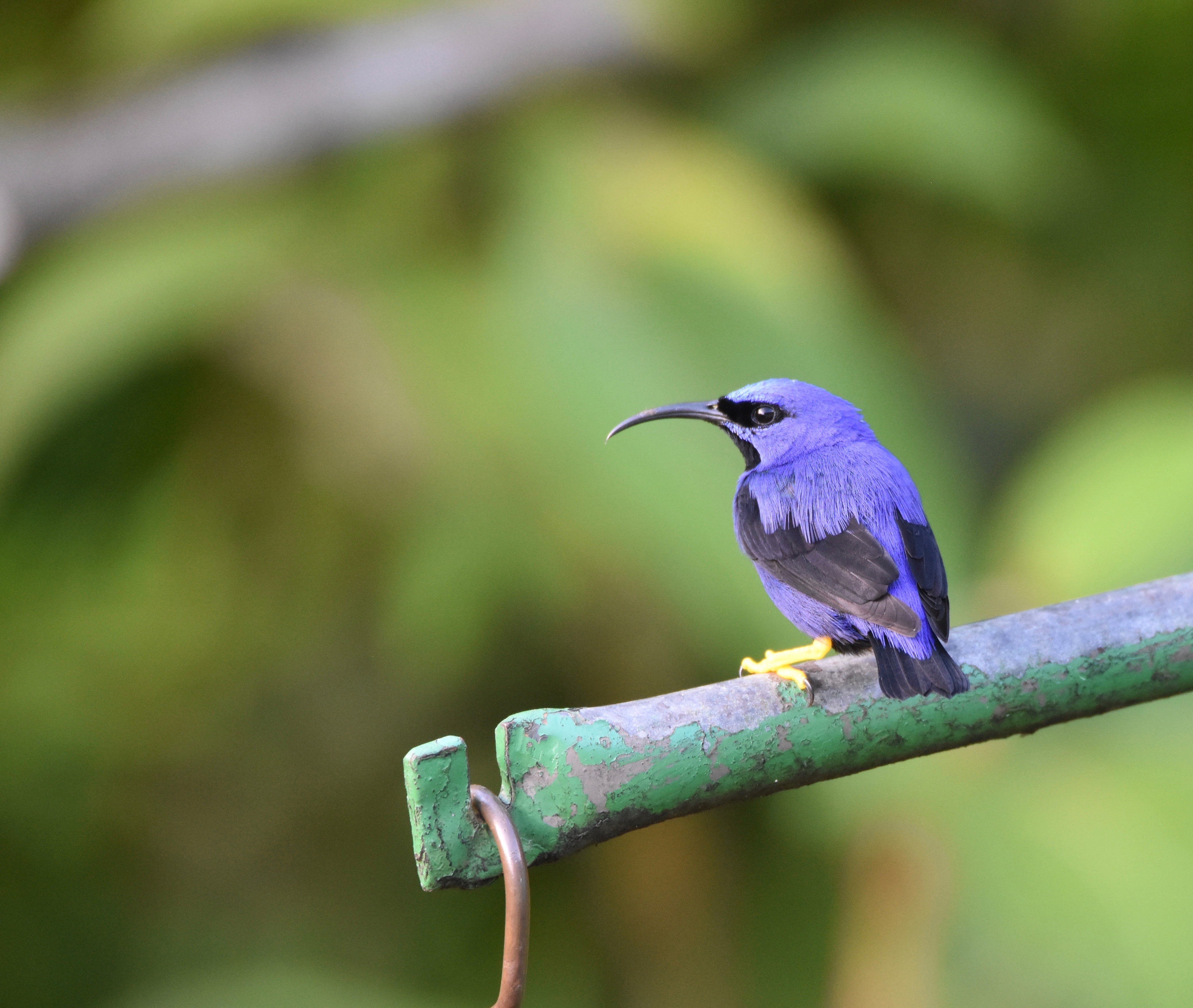
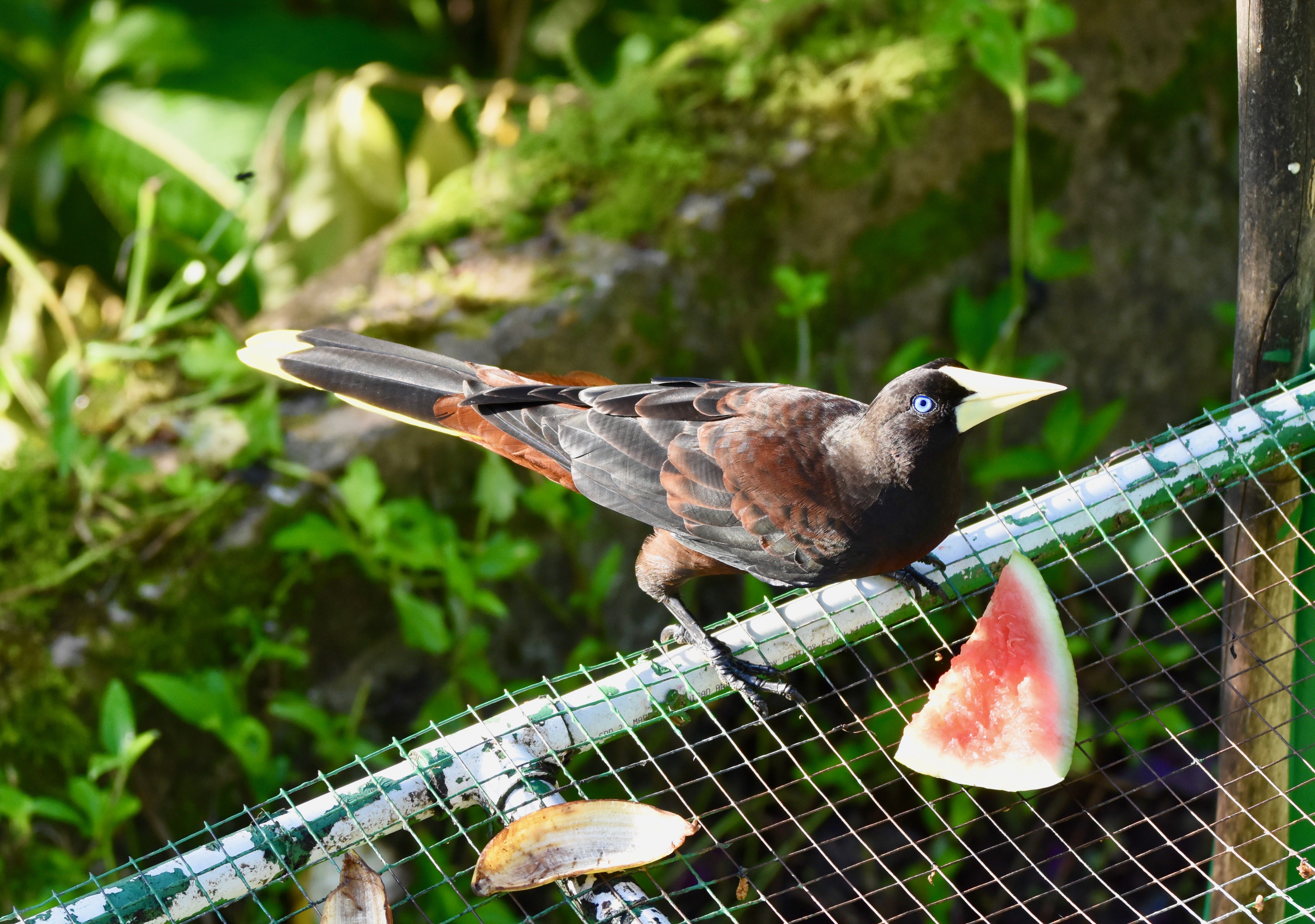
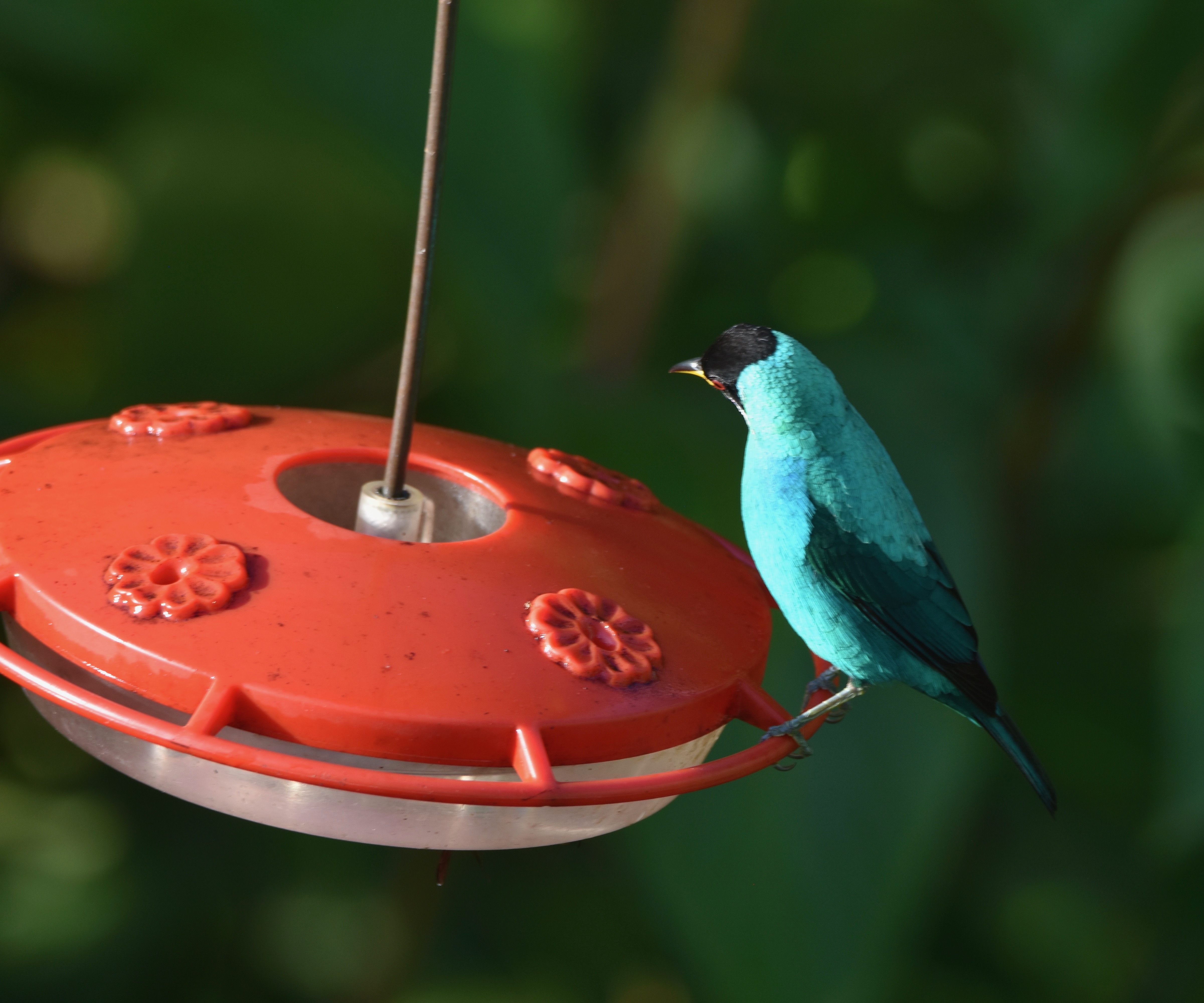
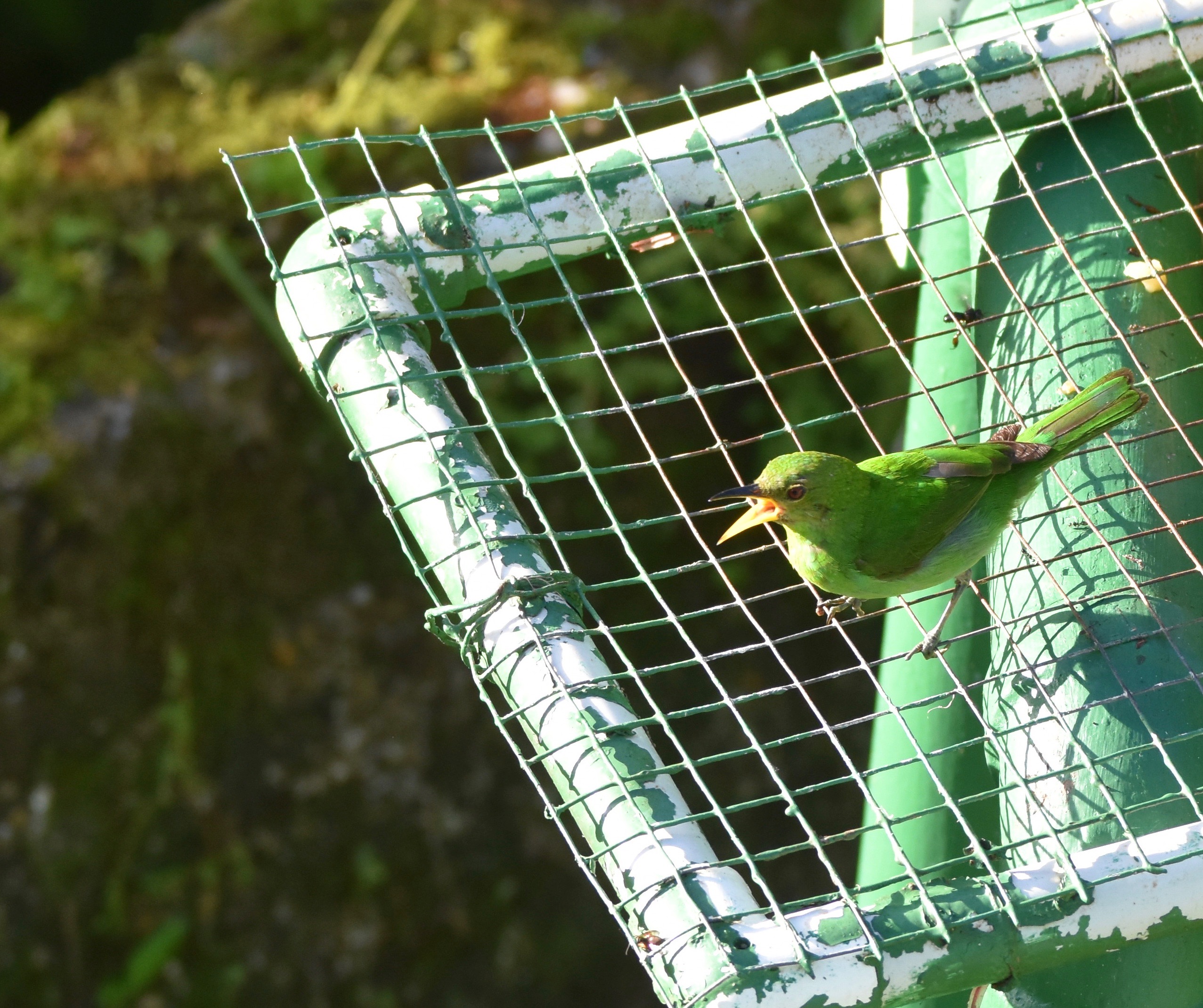
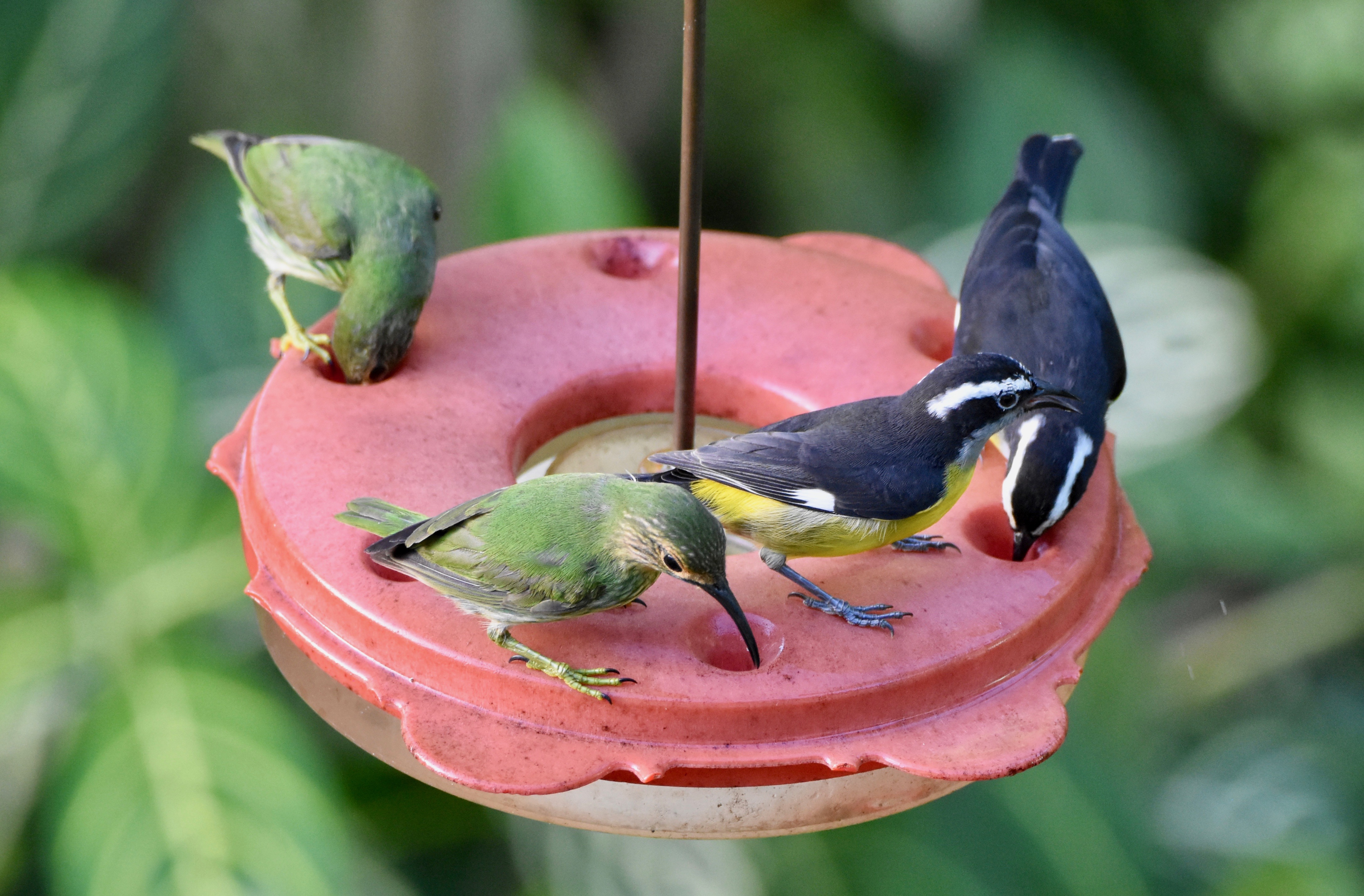
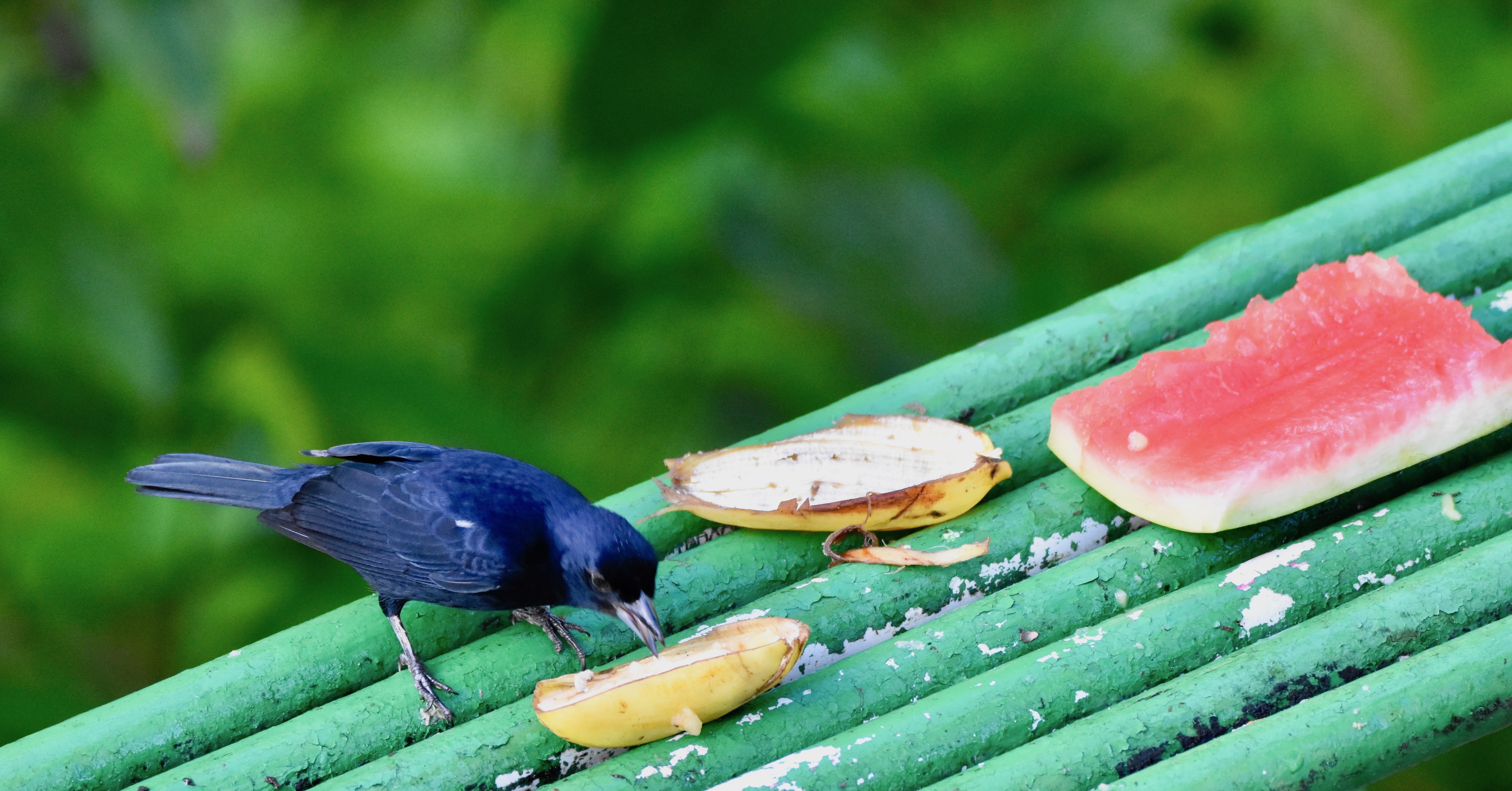
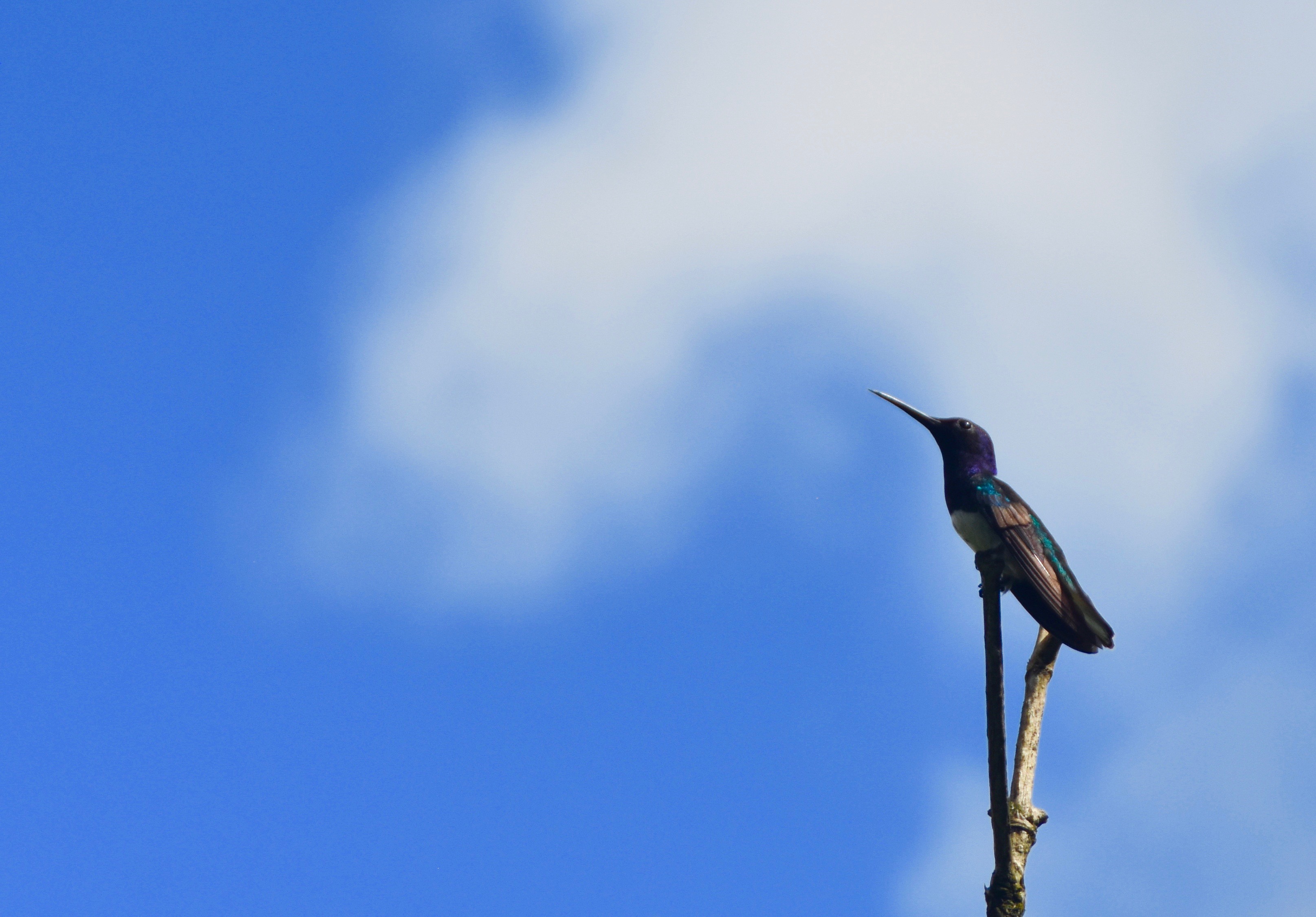
But birds were not the only creatures to be observed from the famous verandah. How about this beautiful golden tegu lizard?
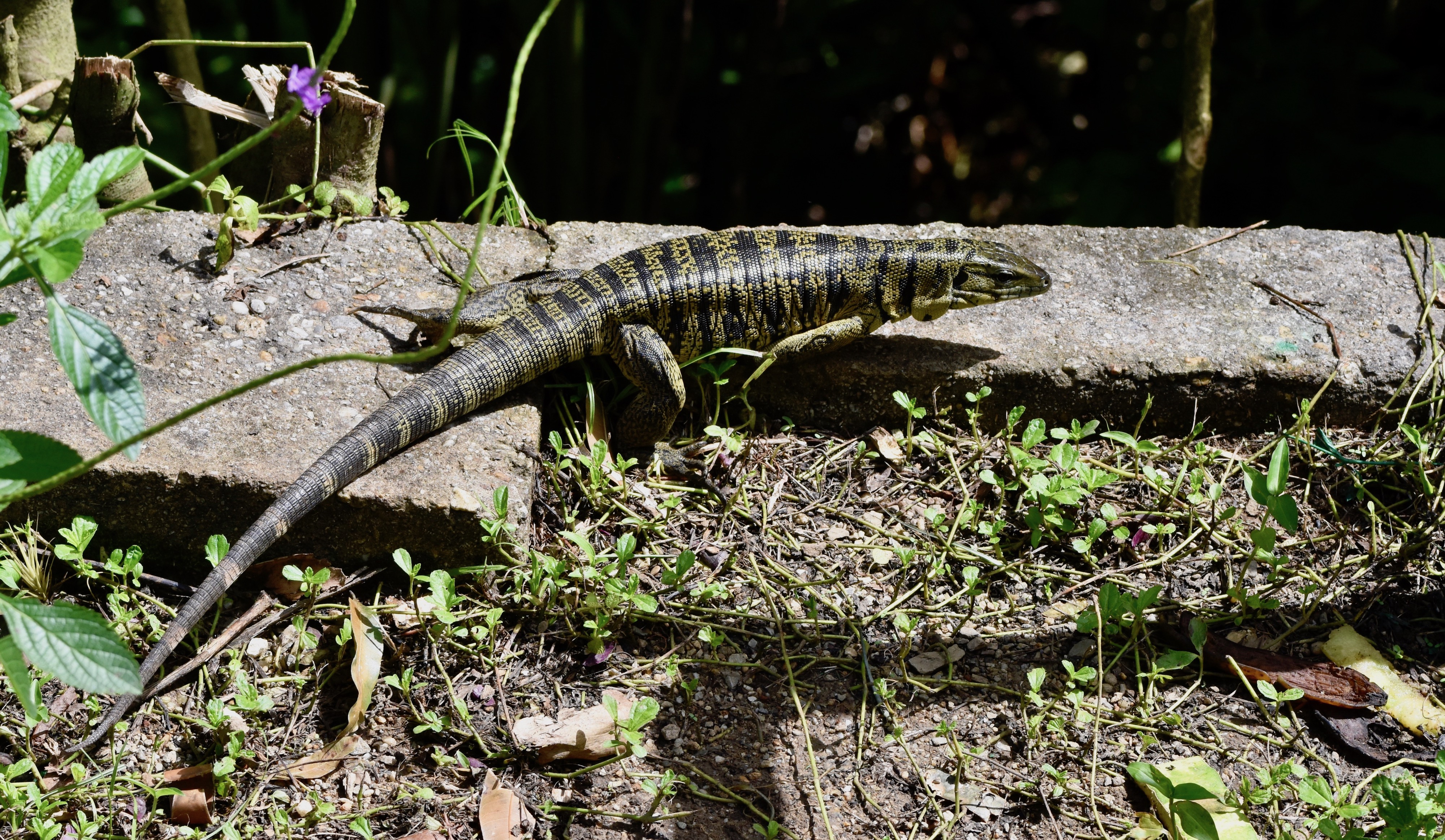
And this mother agouti with her youngster.
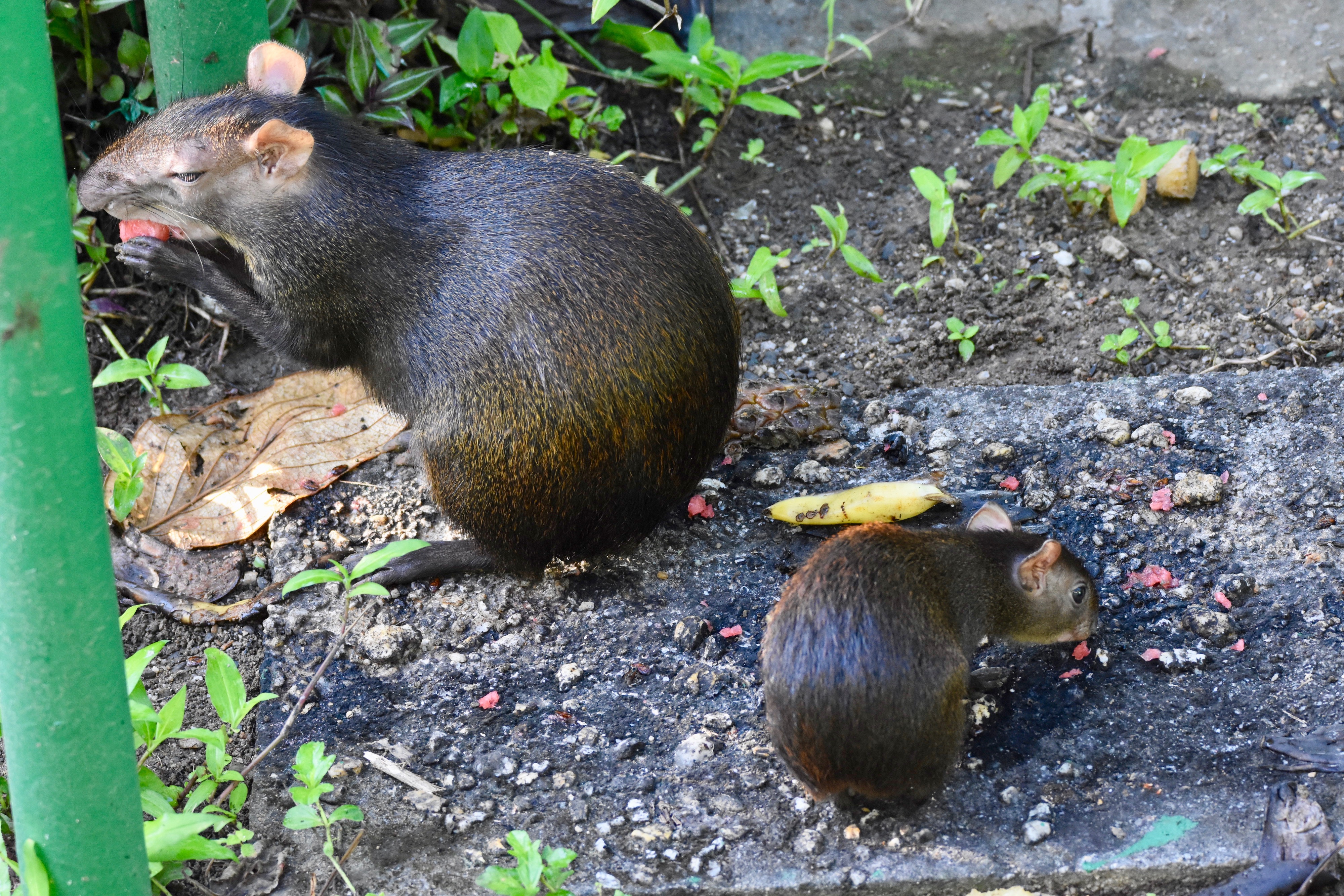
The verandah is just the beginning of the birding at Asa Wright Nature Centre. There are a series of trails that start at the lodge and visit various bird habitats nearby. Each guest is entitled to an orientation walk with a guide on the first morning of one’s stay. Here’s Alison with our guide, Randell who is the fourth generation of his family to serve as a guide on the property.
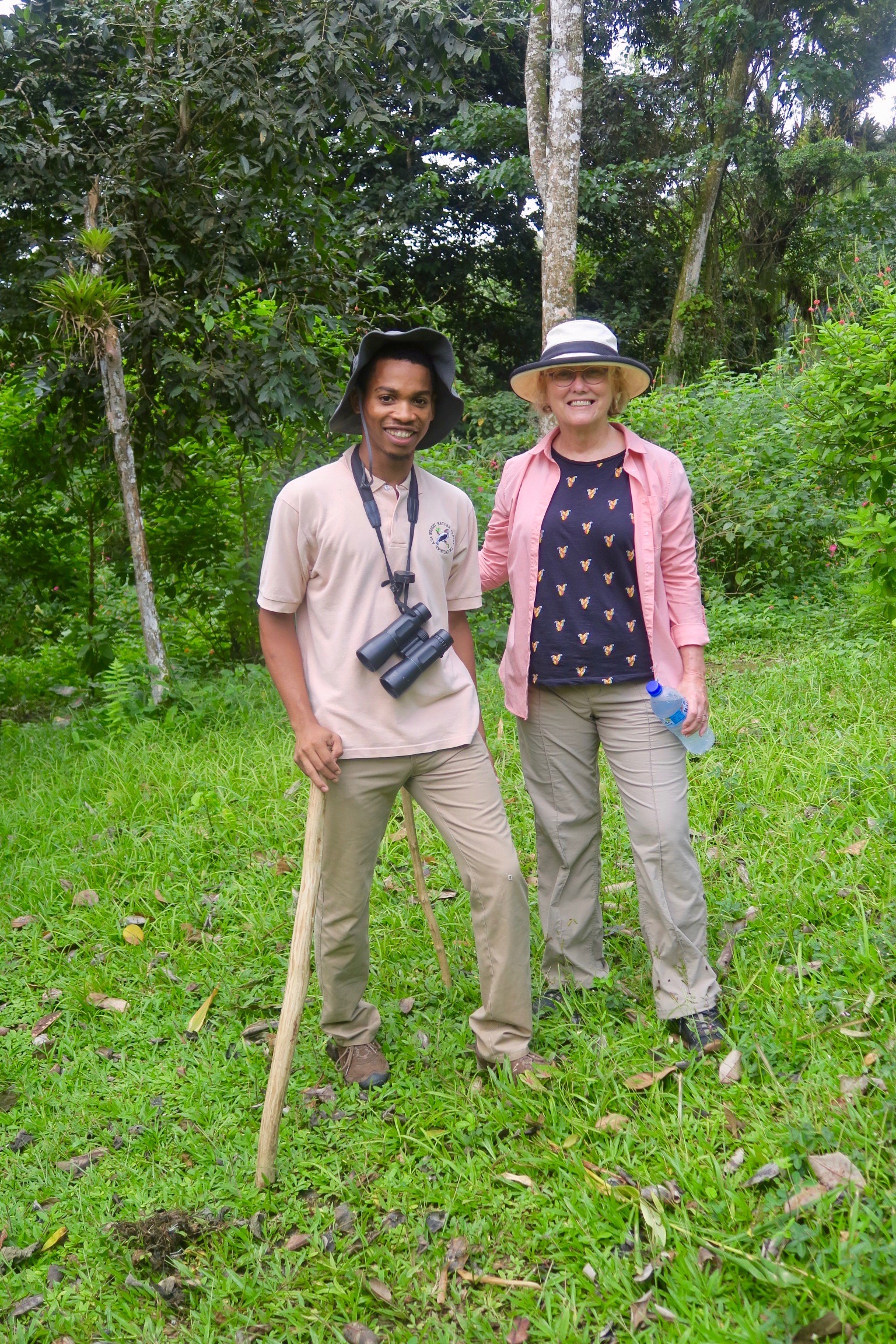
The Discovery Trail is a good place to start as it leads to two manakin leks, one for the Golden-headed Manakin and one for the White-bearded Manakin. A lek is an area where male birds gather to display and dance for the females who choose the best in class for their mates, sort of like John Travolta in Staying Alive. The manakin are apparently among the most interesting birds that lek, particularly the moves of the Golden-headed which resemble the moon walk. Unfortunately we were here in moult season so there was no lekking going on, but it was interesting to see the clearly defined areas that each species has been using for generations to do their courtship manoeuvres.
We did get to see another of the Asa Wright birds that are on most visitors most wanted list, the Bearded Bellbird which has one of the loudest calls in the bird world. It sounds like someone striking a bell with a hammer and thus its name. Randell was an expert at calling in these birds and afterwords, on our own, Alison imitated the call and it worked, the bellbirds came a ringing. Unfortunately they flit around so much I never got a clear photo.
Another trail leads to this lovely waterfall and pool which is a great place to cool off in the heat of the day.
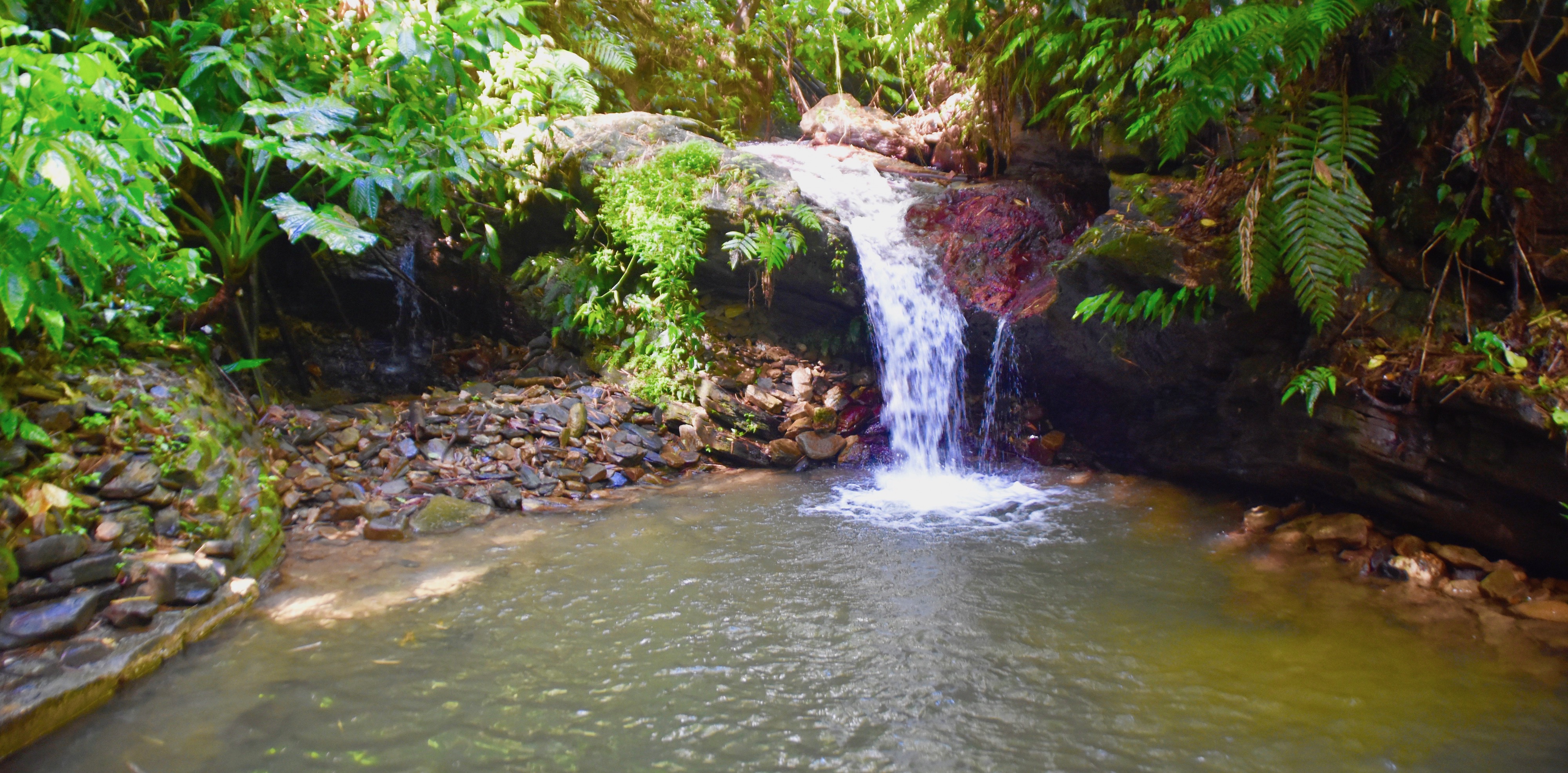
Visitors who stay three nights or more are entitled to take an evening hike to Dunstan Oilbird Cave where these very rare nocturnal fruit eating creatures can be seen in their natural habitat.
So there’s plenty to see and do right on site at Asa Wright Nature Centre, but that’s only the beginning.
The Asa Wright Nature Centre offers a variety of full and half-day tours to all parts of the island to observe all manner of other habitats. When I booked a visit to the centre I anticipated only seeing that part of Trinidad between the airport and the lodge, but upon arrival and learning of the itineraries on offer it was a pleasant revelation to learn that we could see a lot of Trinidad in a short period of time. Trips run anywhere from $60 to almost $200 per person depending on the length and the activity.
The Asa Wright Nature Centre uses the services of qualified guides who also act as drivers and none was more qualified than ornithologist Dave Ramlaltt or D’Naturalist as he calls himself. Dave speaks seven languages and can make hundreds and hundreds of different bird calls. We were fortunate to have him as our guide for the two trips we took at Asa Wright Nature Centre.
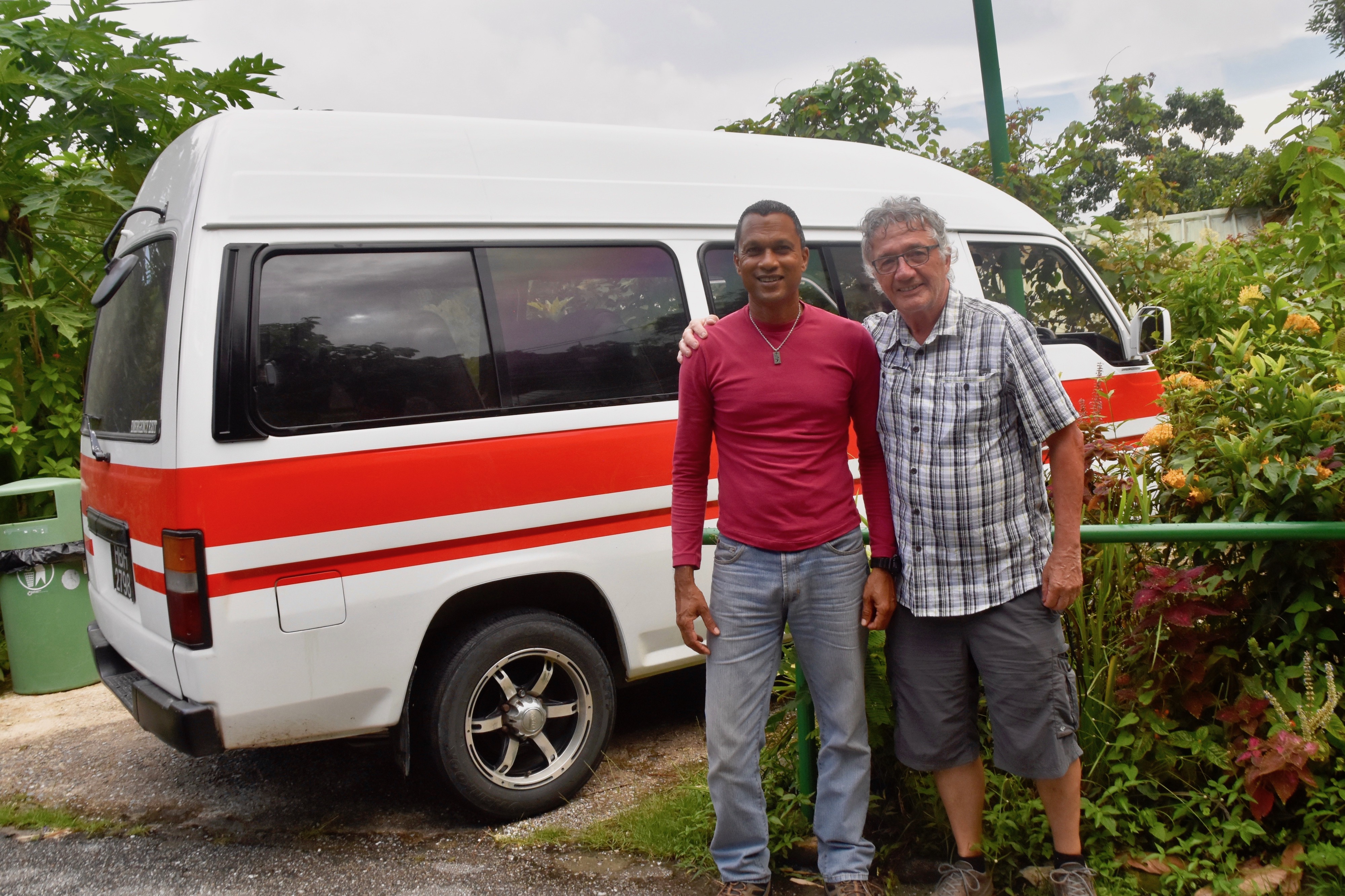
Caroni Swamp
Our first trip was the one most highly recommended by the staff at Asa Wright Nature Centre. It’s a half day tour that starts in the mid-afternoon and features a boat ride in Caroni Bird Sanctuary to watch the return of the scarlet ibises to their nightly roosting place. It is not hyperbole to describe this sight as world class spectacular.
The trip is by open boat that starts on one of the canals that lead into the huge mangrove forest and swamp that is Caroni Bird Sanctuary. Dave turned us over to the capable hands of Victor from Nanan Tours and we headed into the mangroves.
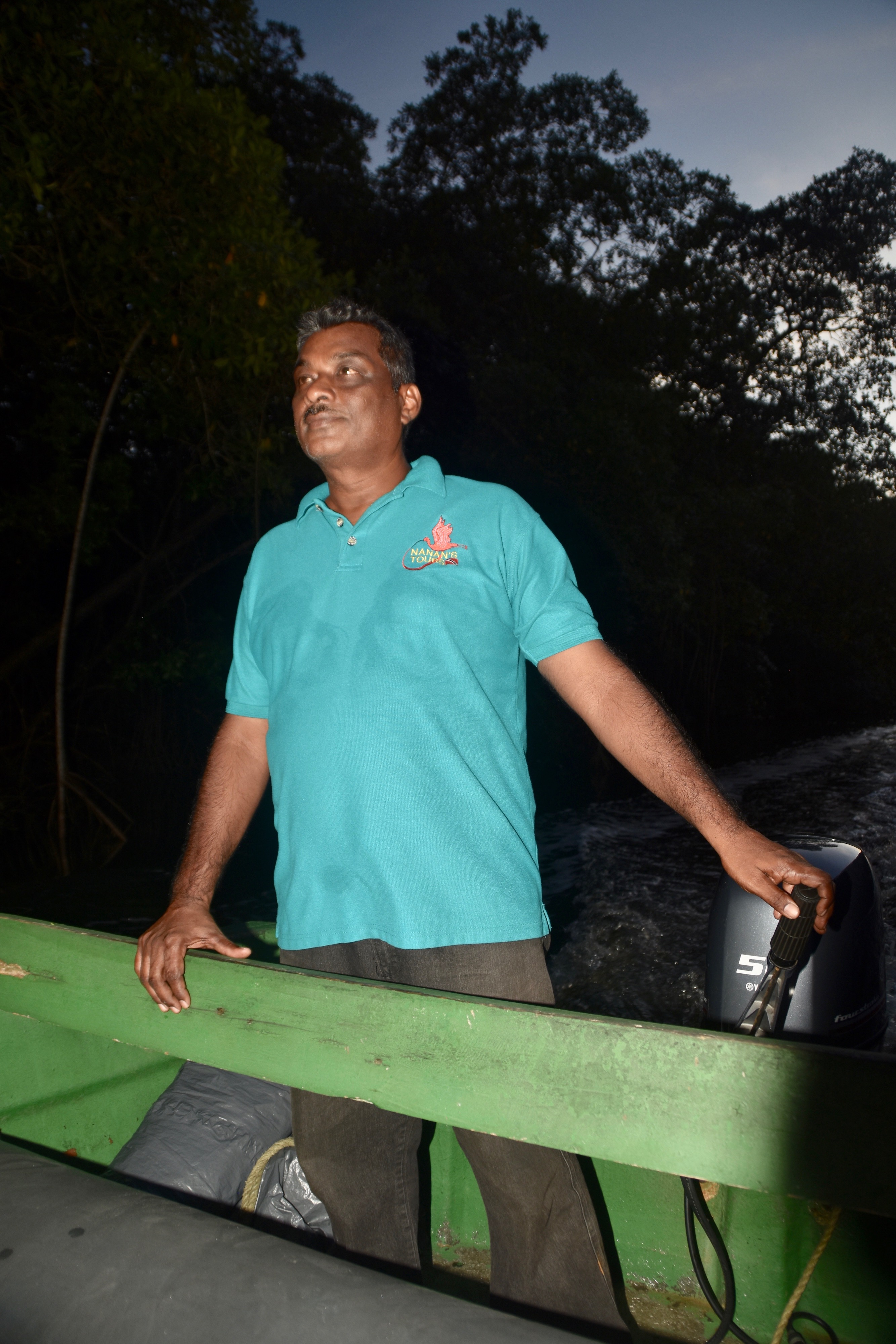
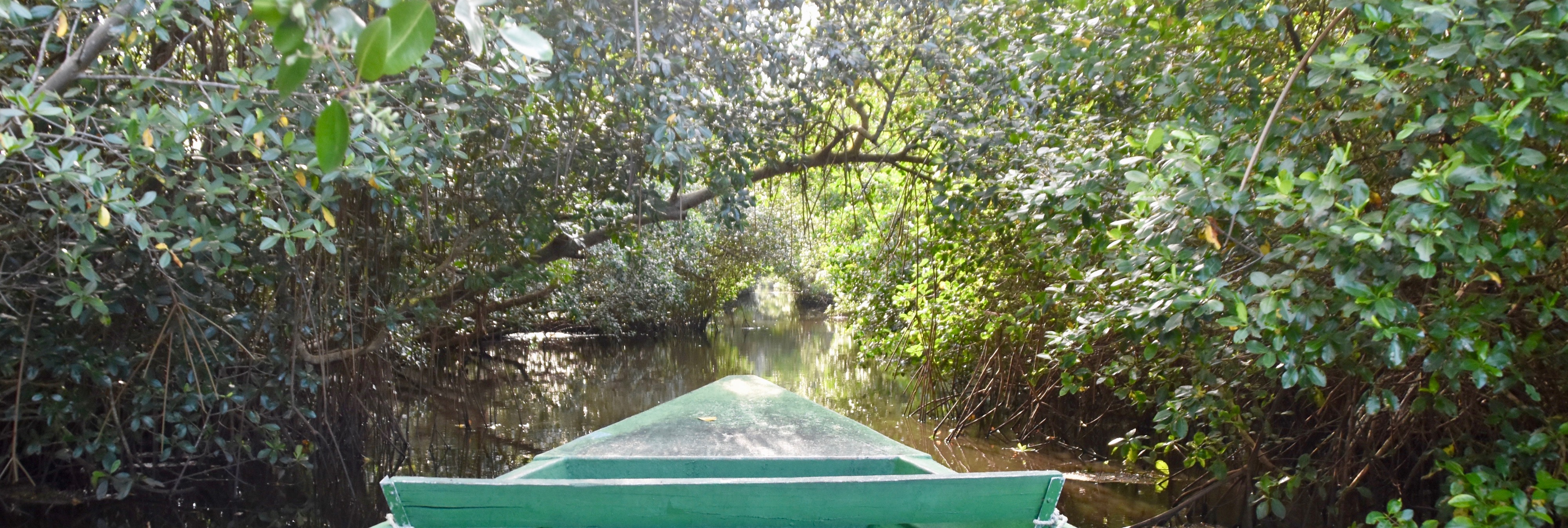
Along the way to open area where the ibises roost, we saw this Common Blackhawk with some unfortunate prey in its talons.
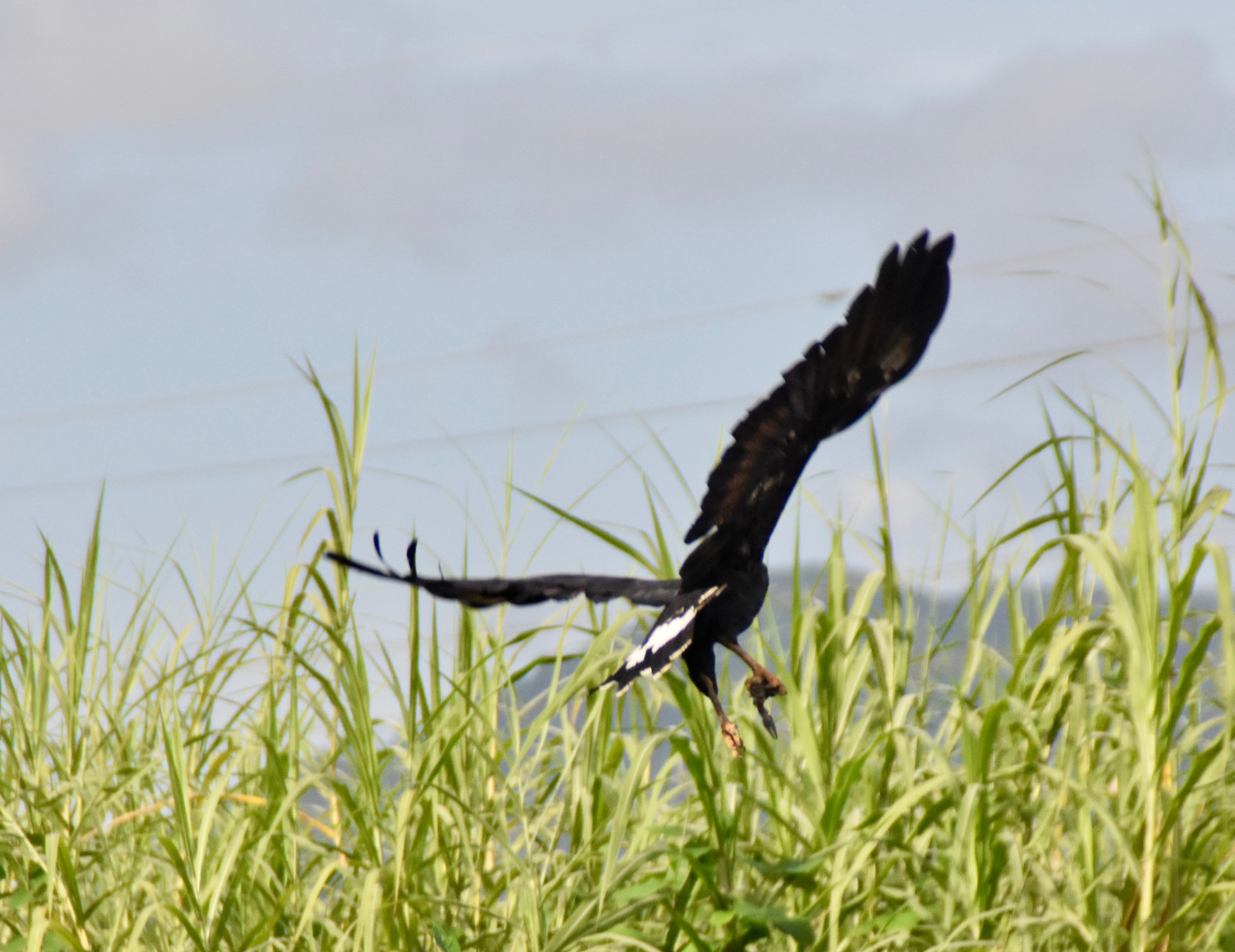
And this tree boa just overhead.
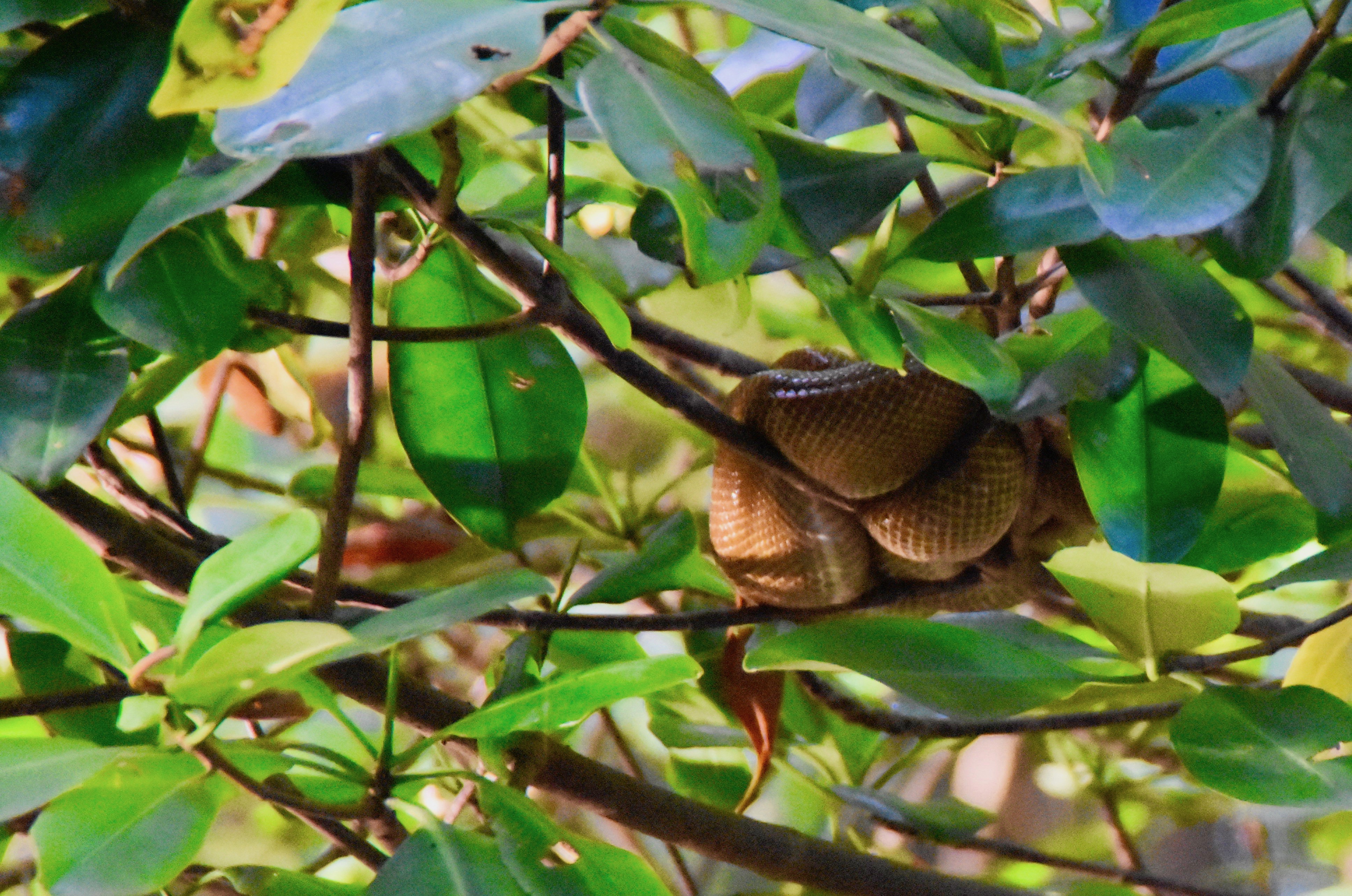
After about twenty minutes we rounded a curve and saw this scene with the Northern Range Mountains in the background, the last vestige of the mighty Andes chain that start over 4,500 miles away in southern Chile and Argentina.
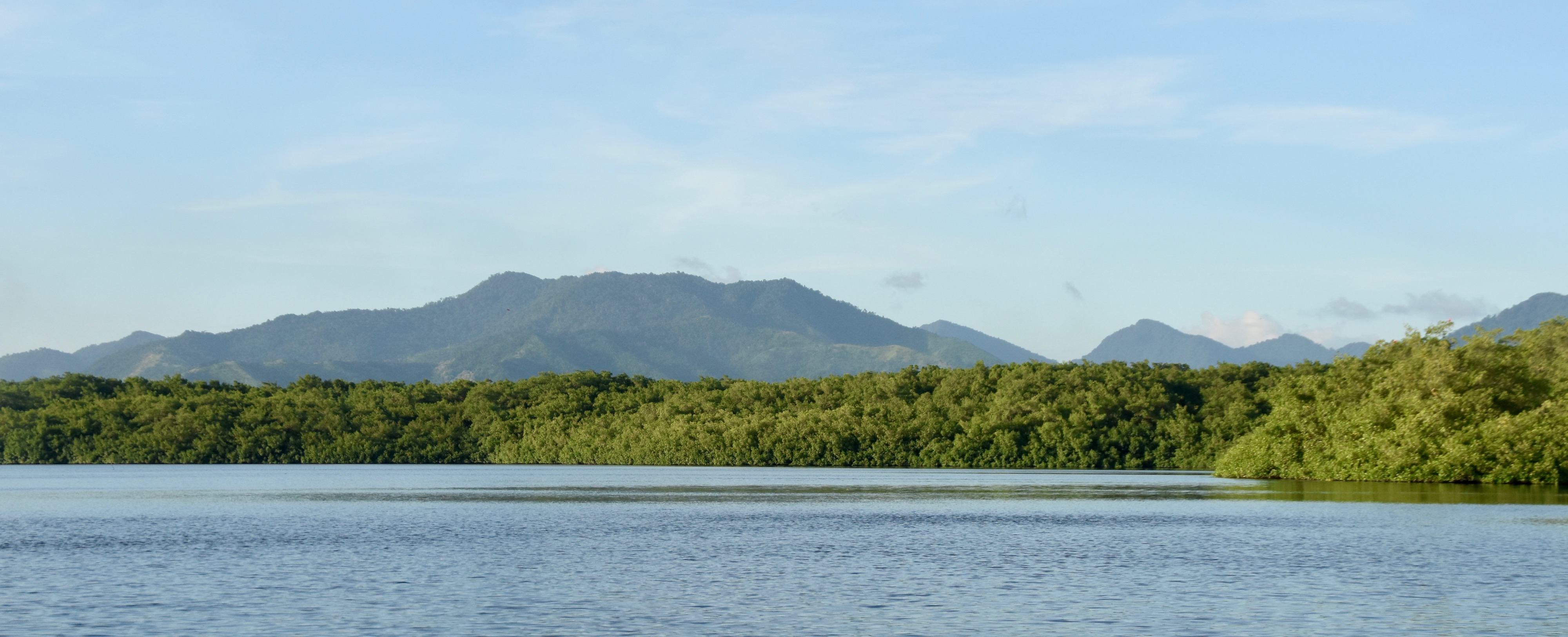
We also began to see scattered flocks of scarlet ibis and snowy egrets all heading for one small island in the lake. Victor moored the boat a safe distance away so as not to disturb the birds and for the next hour just watched in awe as the more and more of these most beautiful birds glided in overhead.
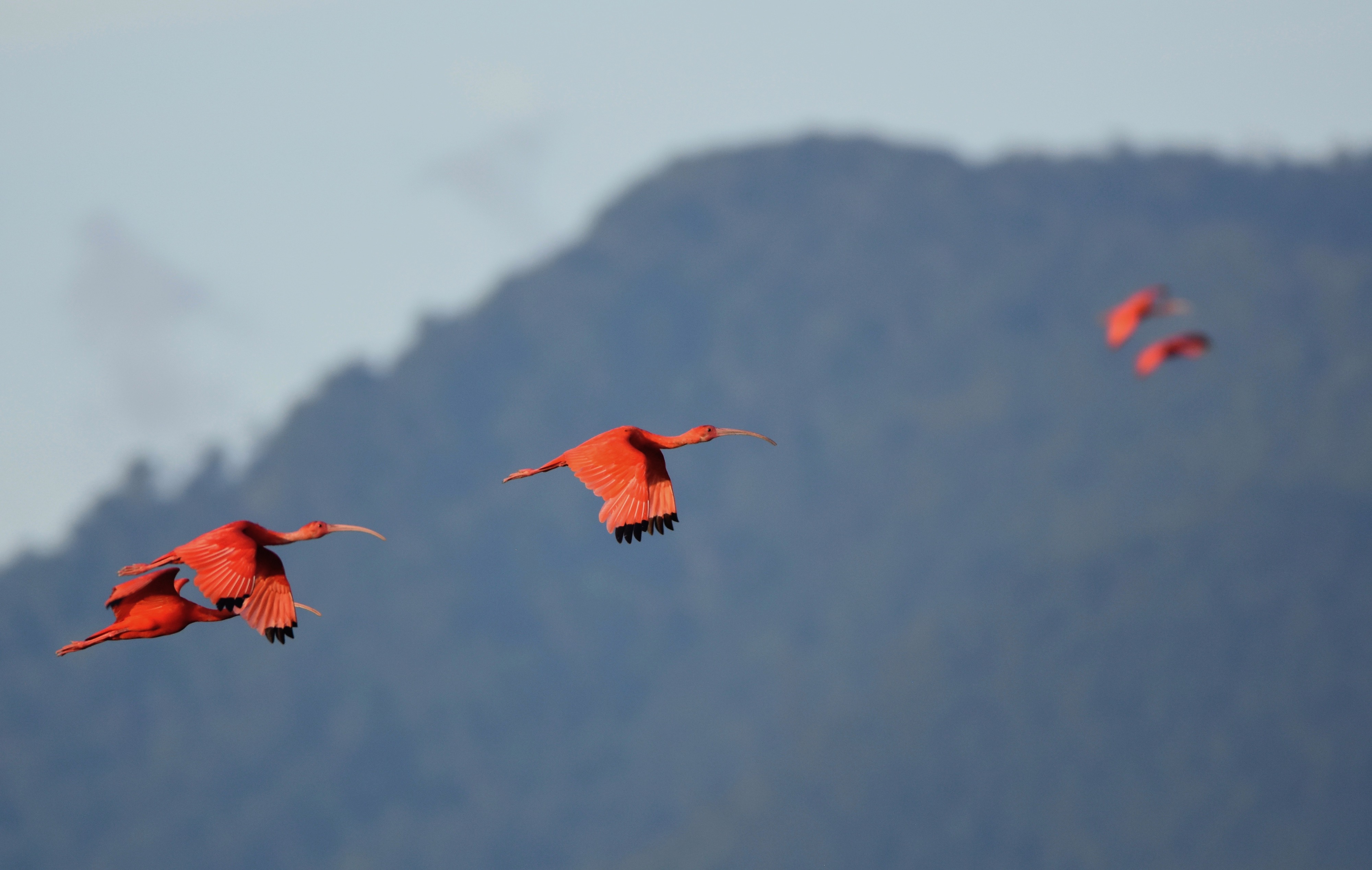
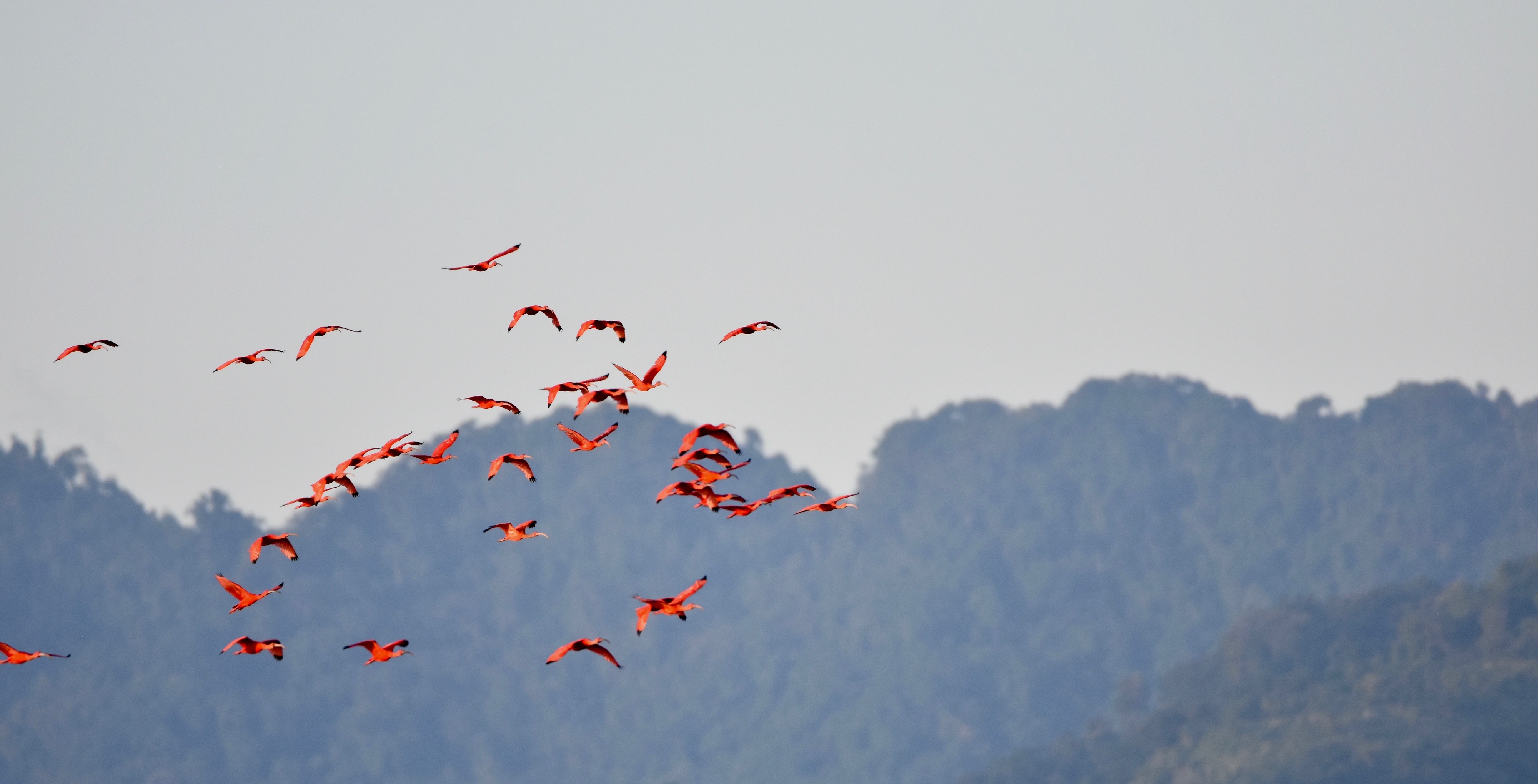
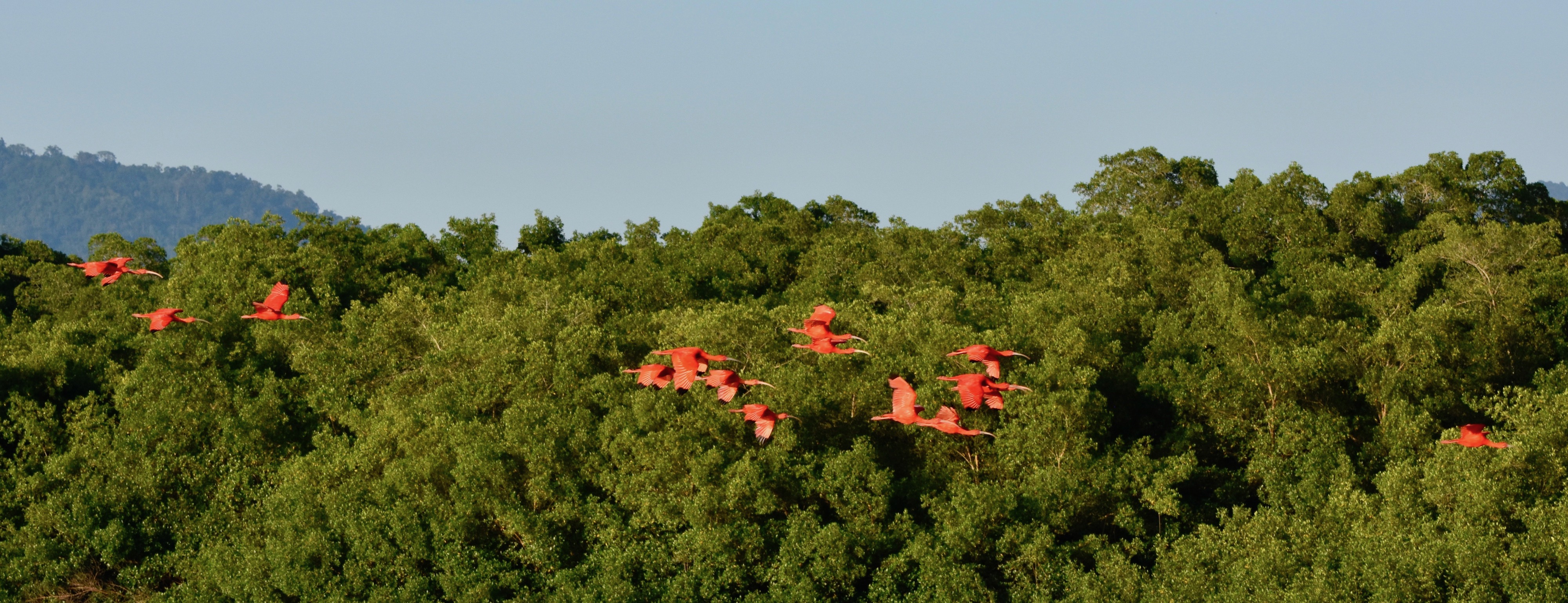
Eventually it was hard to believe that any more birds could find a place to land on the roost.
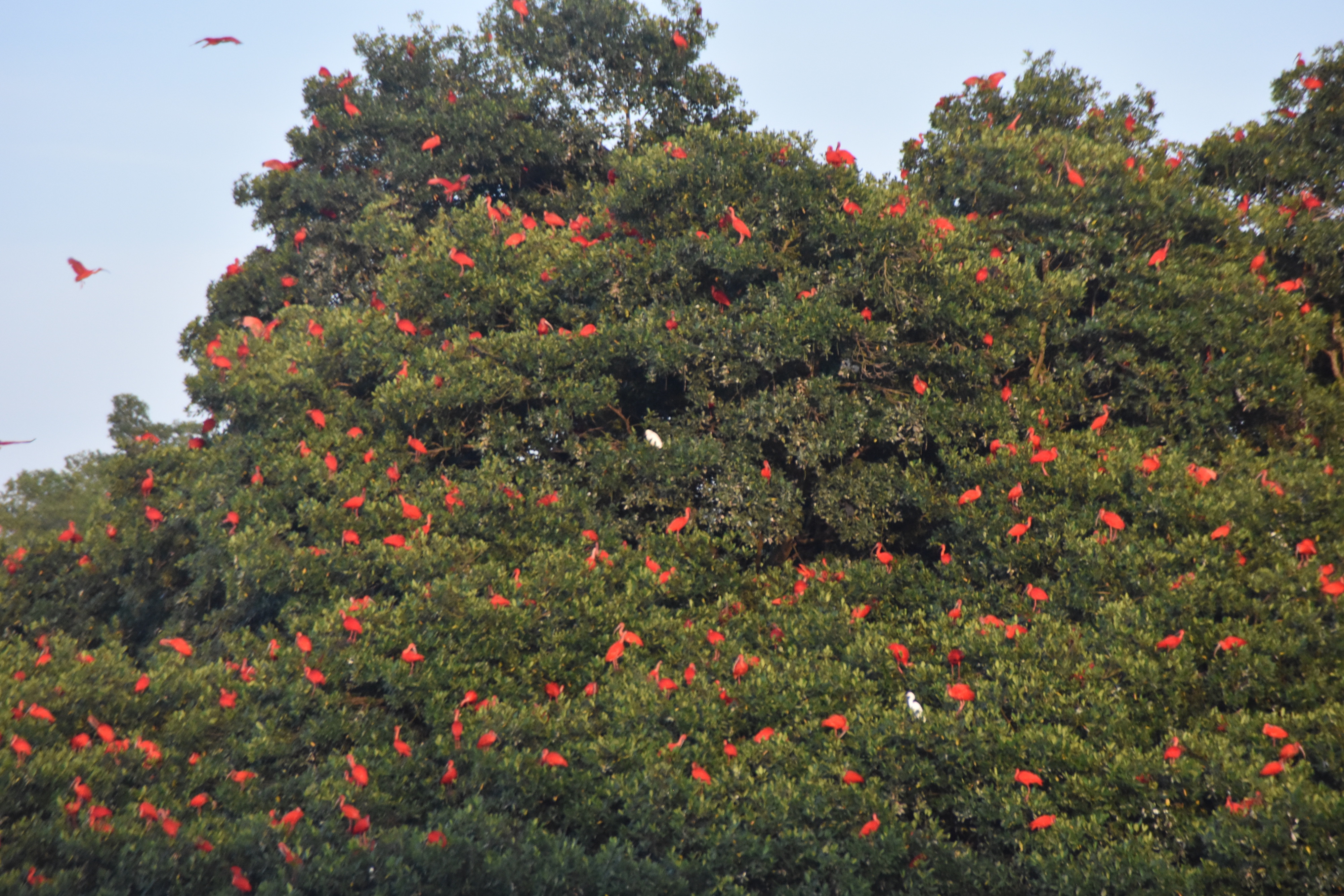
The grace and beauty of the scarlet ibis coming in the thousands to this one tiny islet is a sight I will never forget and one that is unique to Caroni Bird Sanctuary. If you do come to the Asa Wright Nature Centre you must take this trip.

Aripa Agricultural Station & Nariva
The last day at Asa Wright Nature Centre we took a full day trip with Dave which covered a lot of the eastern portion of Trinidad and we got to see not only birds, but the Trinidadian way of life in an area that sees very few tourists.
We started our birding at the Aripo Agricultural Station on the Aripo savannah, an area as totally different from the mountain jungle of the Asa Wright Nature Centre or the mangrove swamp of Caroni as you could imagine. The birding here was terrific with new species not seen in the previous two days. Dave called them in close to get some decent photos. This Red-breasted Meadowlark is a beautiful looker and singer like most members of the lark family.
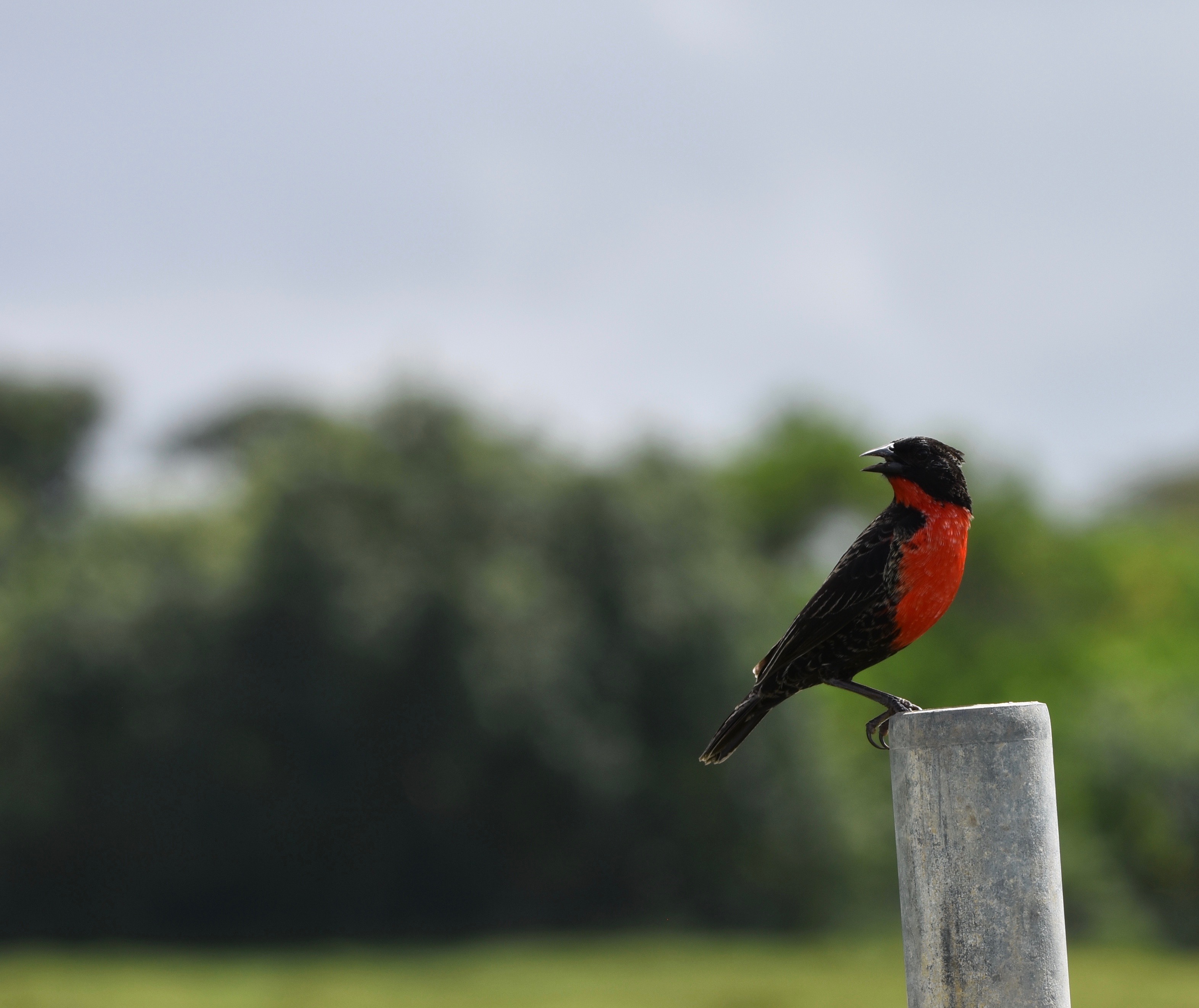
Perhaps more interesting than the birds at Aripa was this herd of Buffalypso, a cross between water buffalo and brahma cattle designed to thrive in the heat of the Trinidadian savannah. They were more than curious about our presence in their midst.
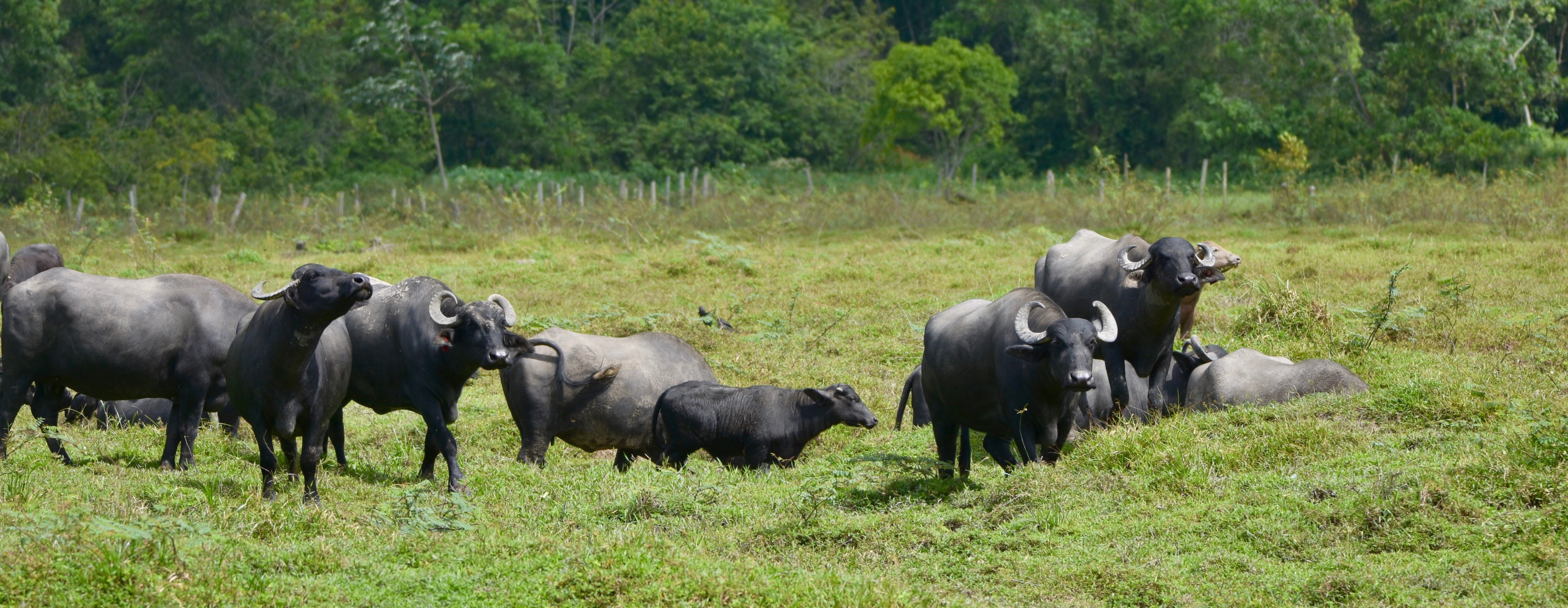
From Aripa we drove south through the large town of Sangre Grande, or literally Big Blood, and then on to Manzanilla where we ate the lunch provided by the lodge at the beach park.
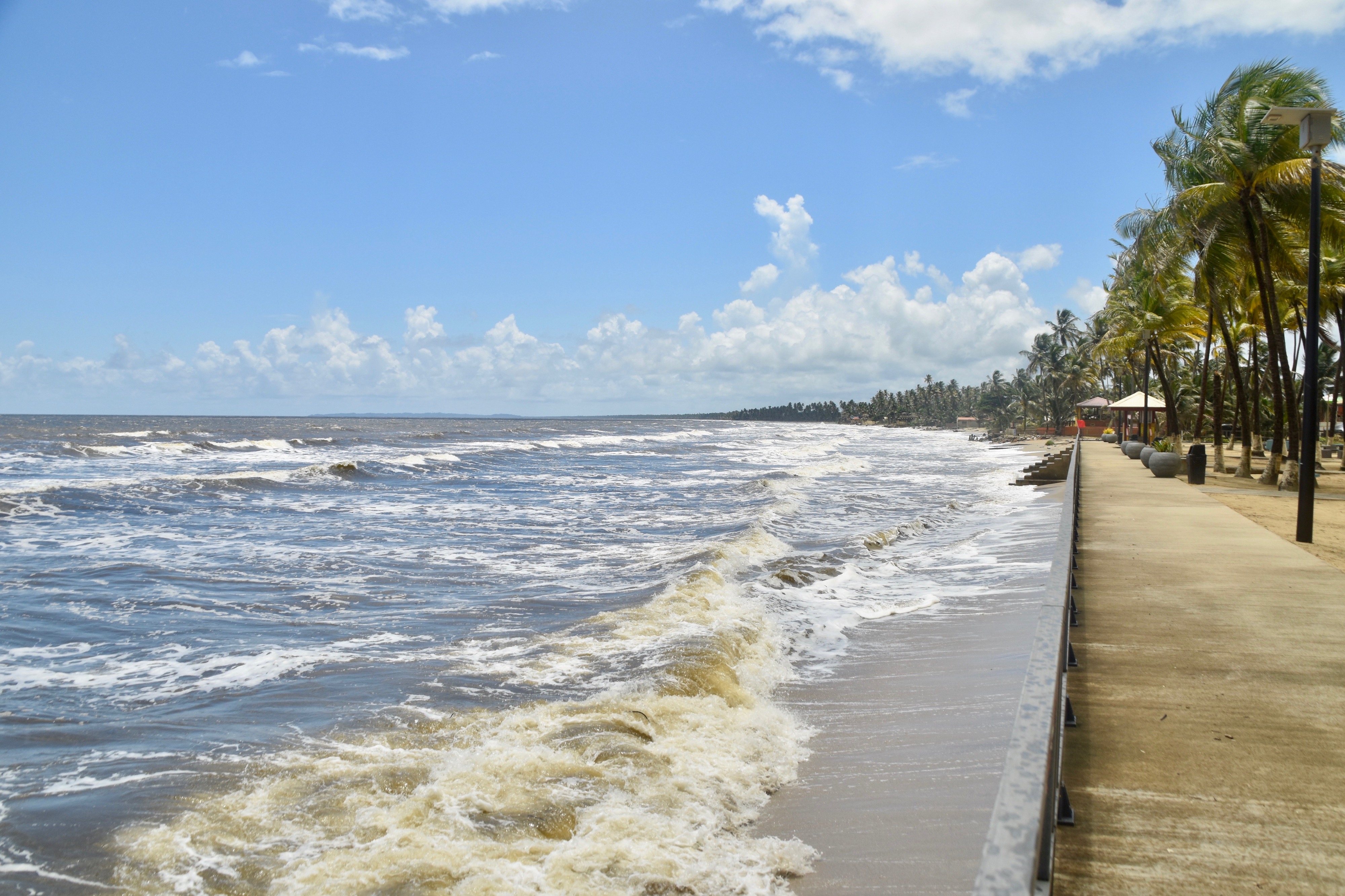
The entire area around Manzanilla was once a vast palm plantation and is very pretty with the palm trees still very much in evidence. Dave pointed out a number of raptors and kites that frequent the area and then we turned inland toward Nariva Swamp which is home to manatees, caimans, howler and capuchin monkeys as well as over 200 species of birds. There are no real roads into Nariva so we stayed on the periphery which has largely been turned into agricultural lands producing rice, watermelons and okra among other things. The birding was not that great, but we saw lots of White-headed Marsh Tyrants and the occasional Striated Heron.
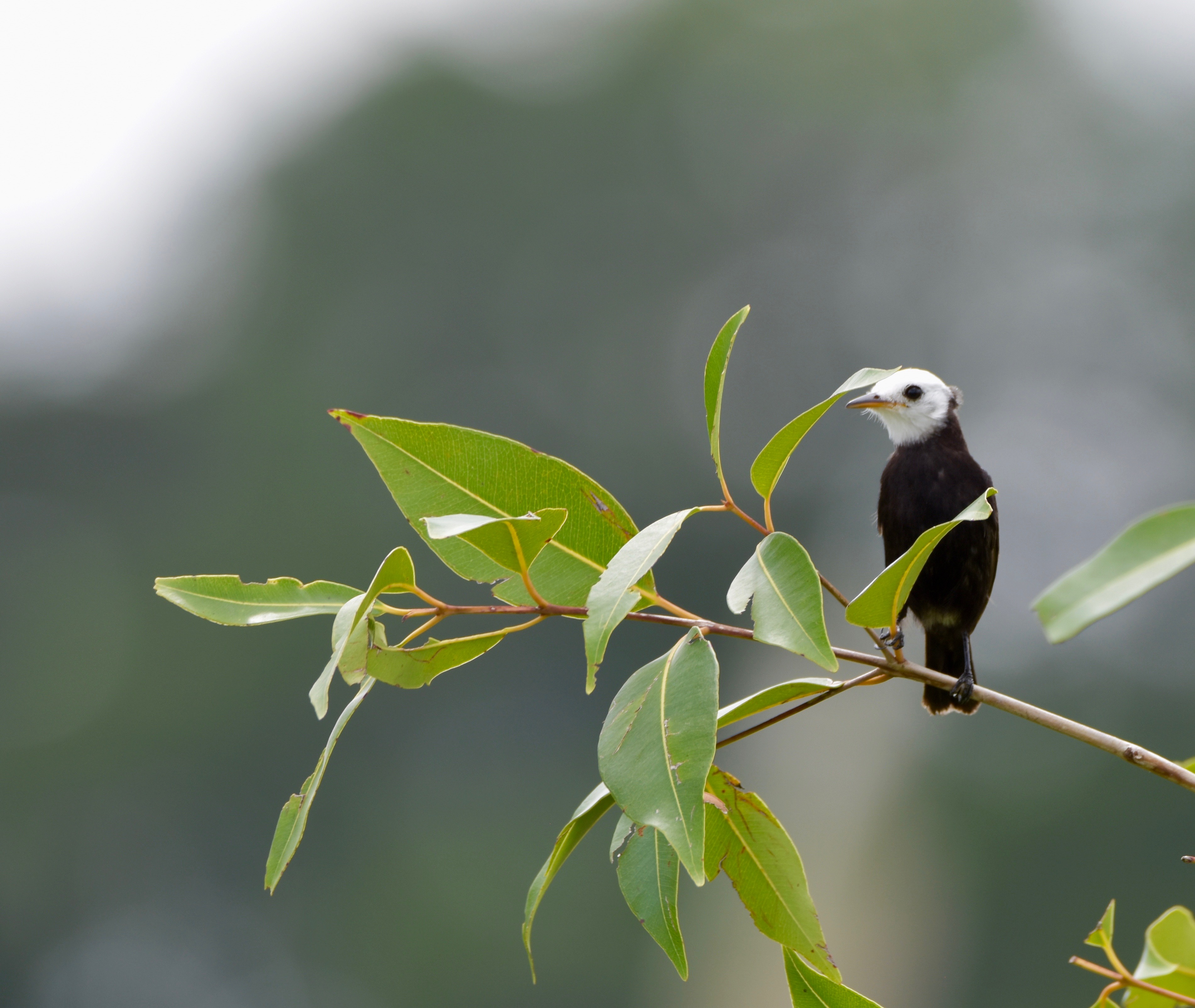

What I found most interesting about this day was just seeing life unfold in the country and small towns of eastern Trinidad. Given that about 40% of Trinidadians are of Indian descent – thats east Indian and not Amerindian, I was not surprised to see true lotus flowers in some of the gardens.
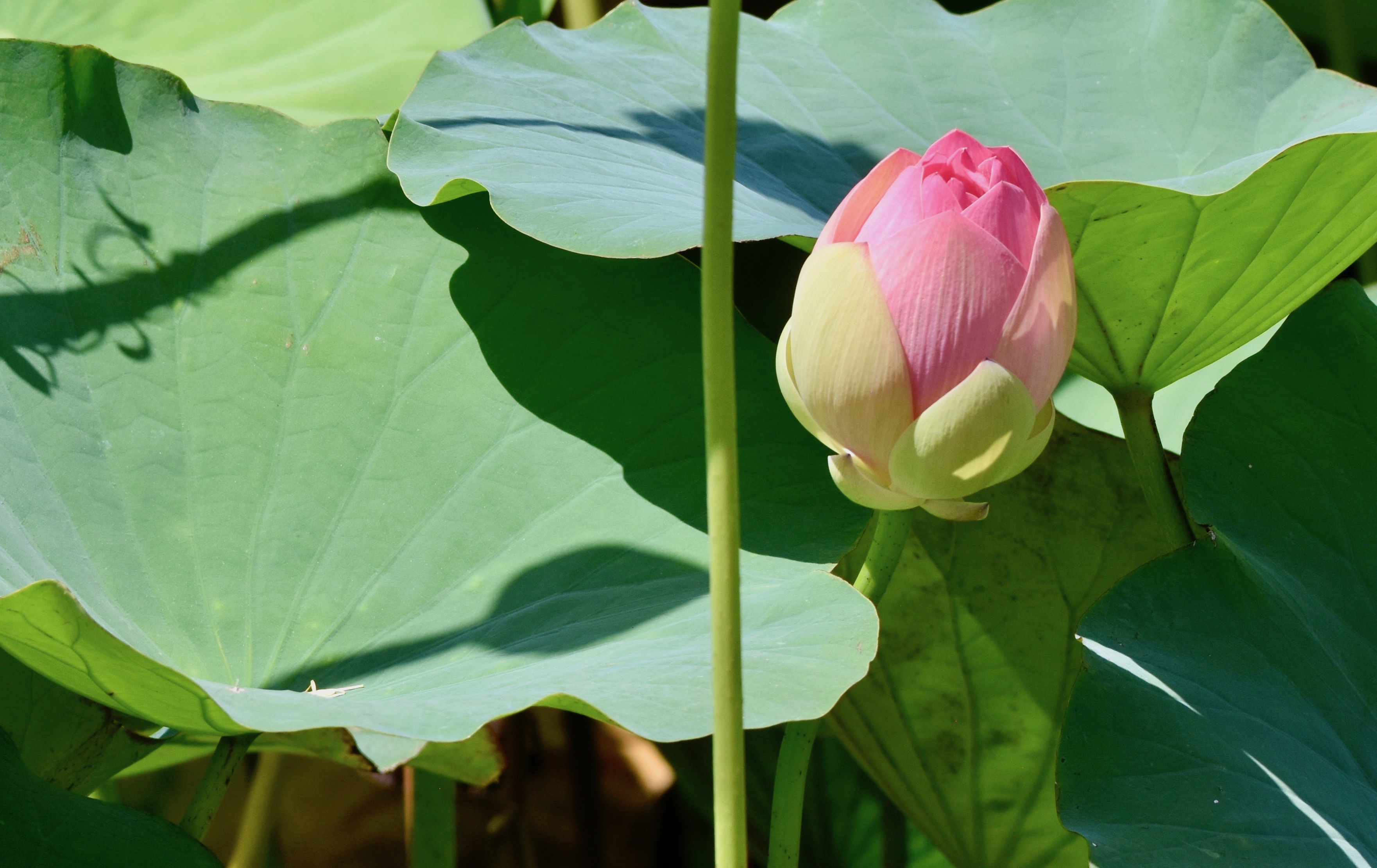
The Indians were first brought here as indentured servants after slavery was abolished and now are a dominant force in the country’s commerce, politics and education. During the day we passed a number of Hindu temples and shrines.
On the way back to Asa Wright Nature Centre we had a discussion with Dave about Trinidad and its future and he was quite frank about its problems with crime, primarily in Port of Spain, and racial tensions between the various ethnic groups on the island. I can only hope that these get resolved or do not get worse because we plan to return to Asa Wright Nature Centre on a regular basis now that we know what a paradise on earth is really is. So should you.
UPDATE: I just heard the shocking news that the Asa Wright Nature Centre may be closing due to the effects of the pandemic. I can only pray that this does not happen.

